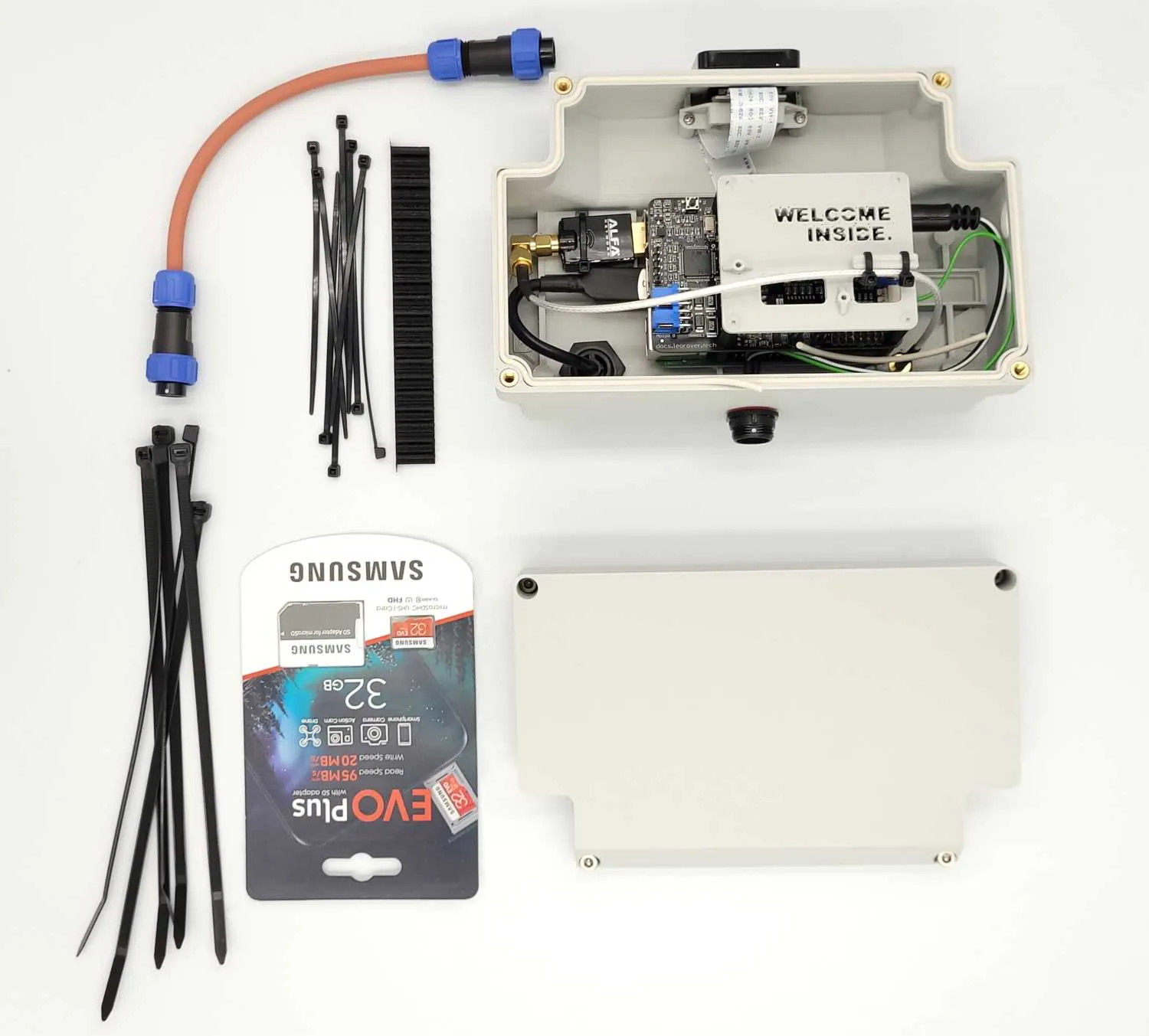Task 2: Main electronics box (MEB)
Preparation
Assembly time
60 minutes
Tools needed
- cross-head screwdriver
- T5x40 torx screwdriver
- 3mm hex-head key
- vaseline
- 8mm flat hex-head wrench
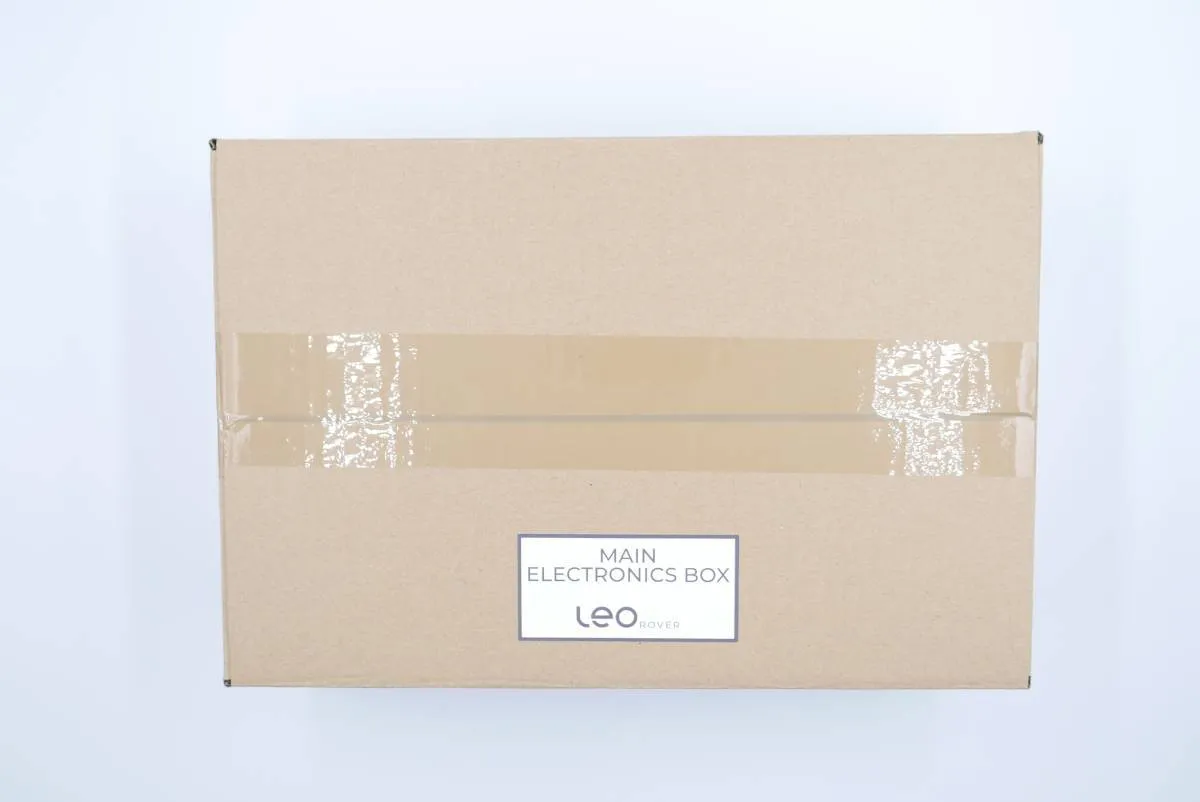
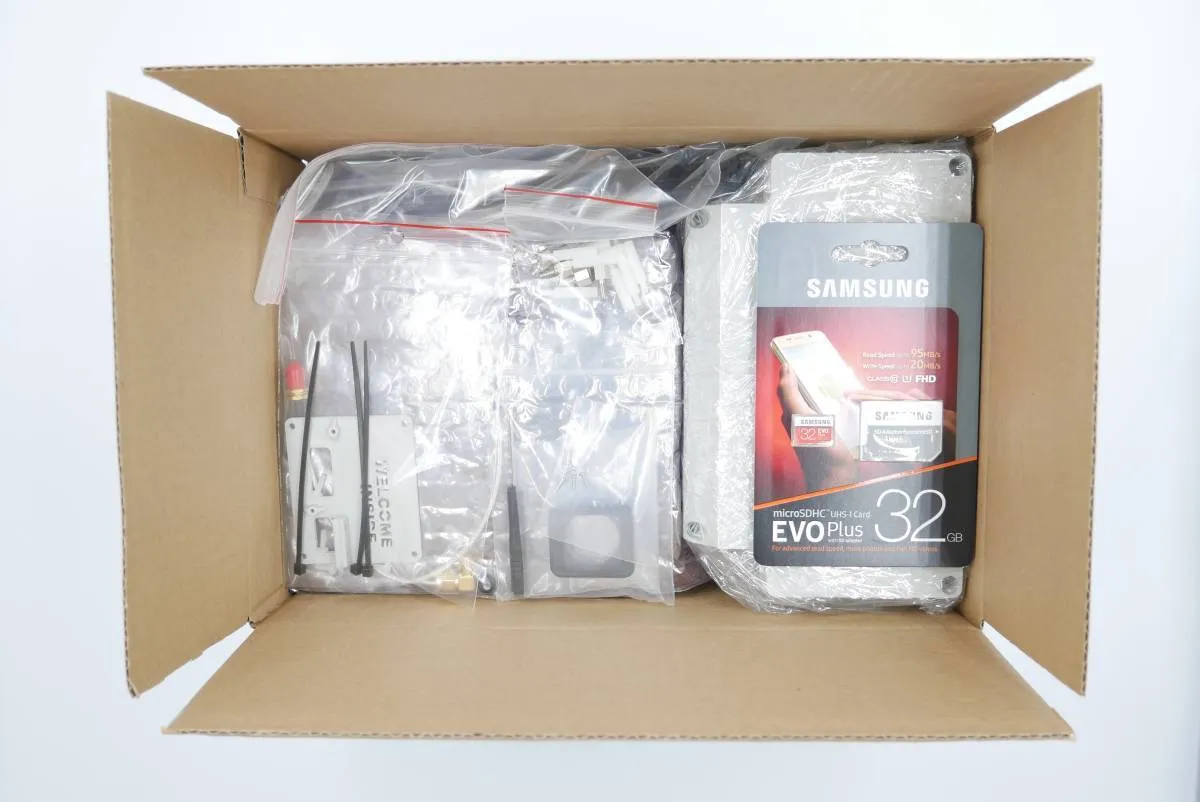
- Leo Rover v1.8
- Leo Rover < v1.8

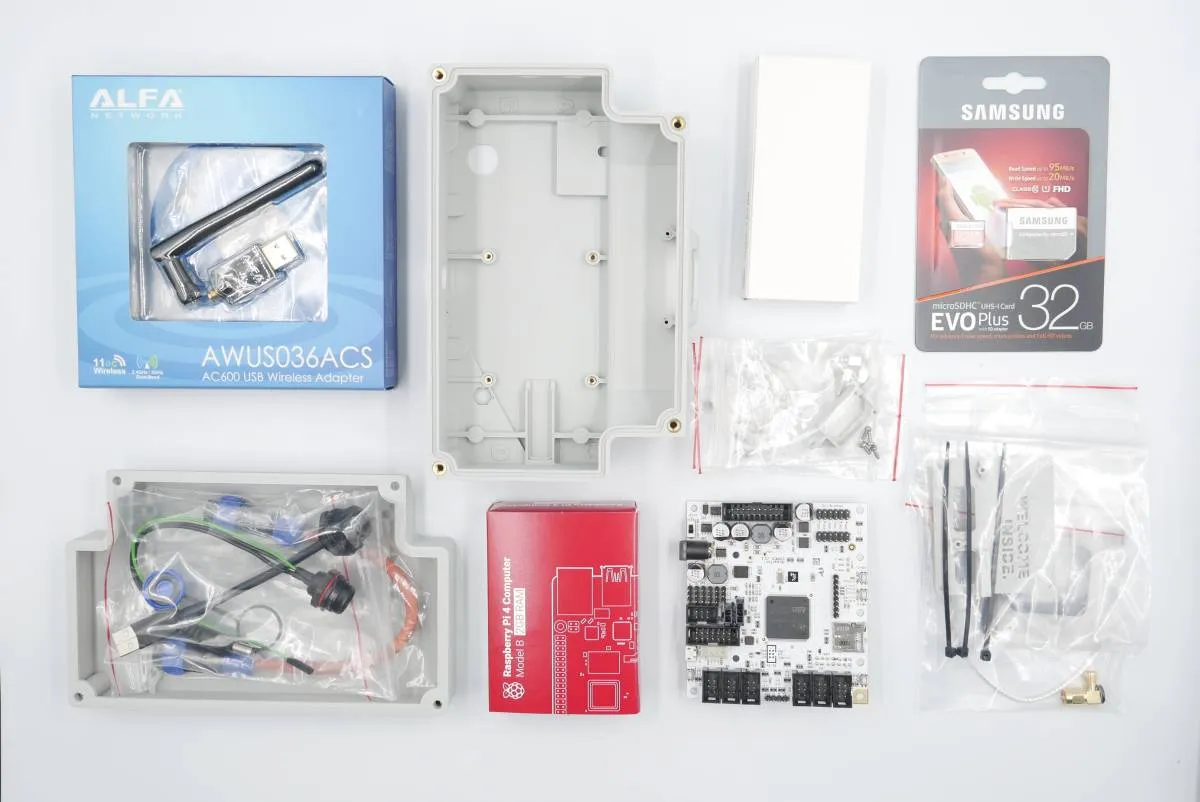
Step 1: Camera shield
Prepare:
- 1x main electronics box (3D-printed)
- 1x camera shield
- 1x camera shield gasket
- 4x self-tapping torx screw (smallest in the kit)
- T5x40 torx screwdriver

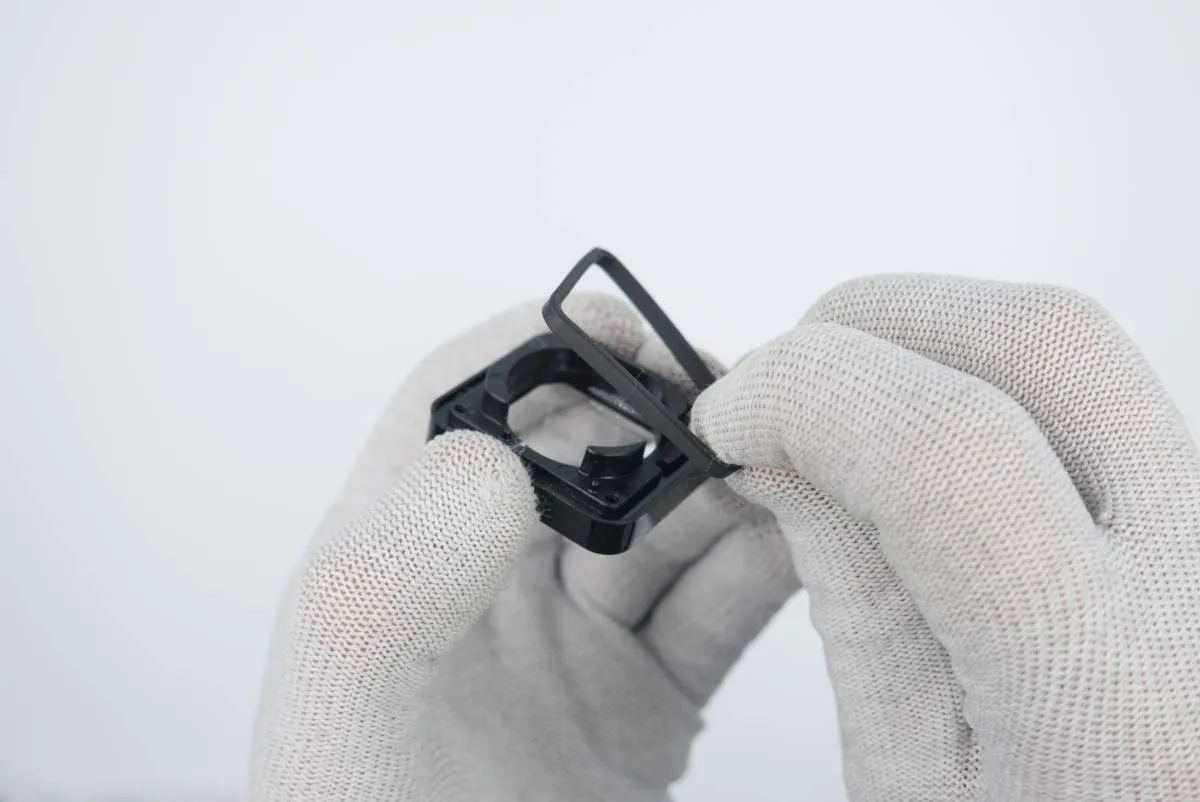
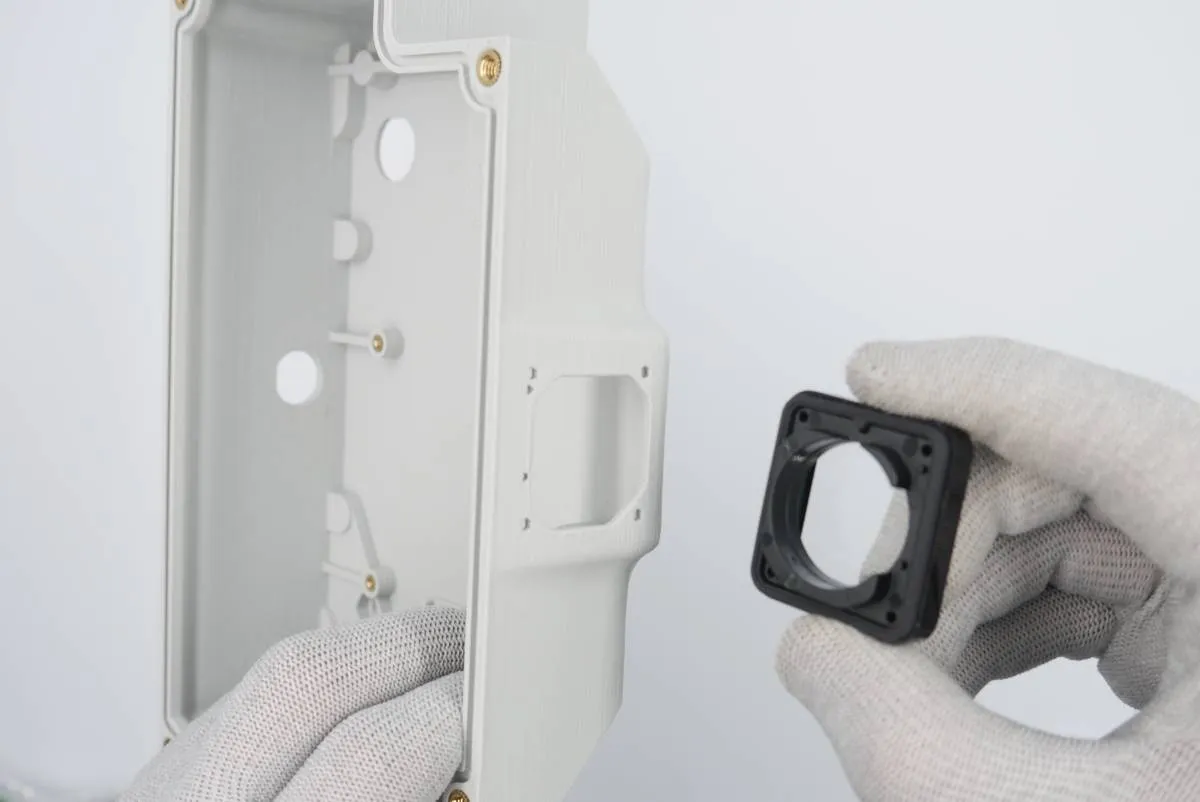
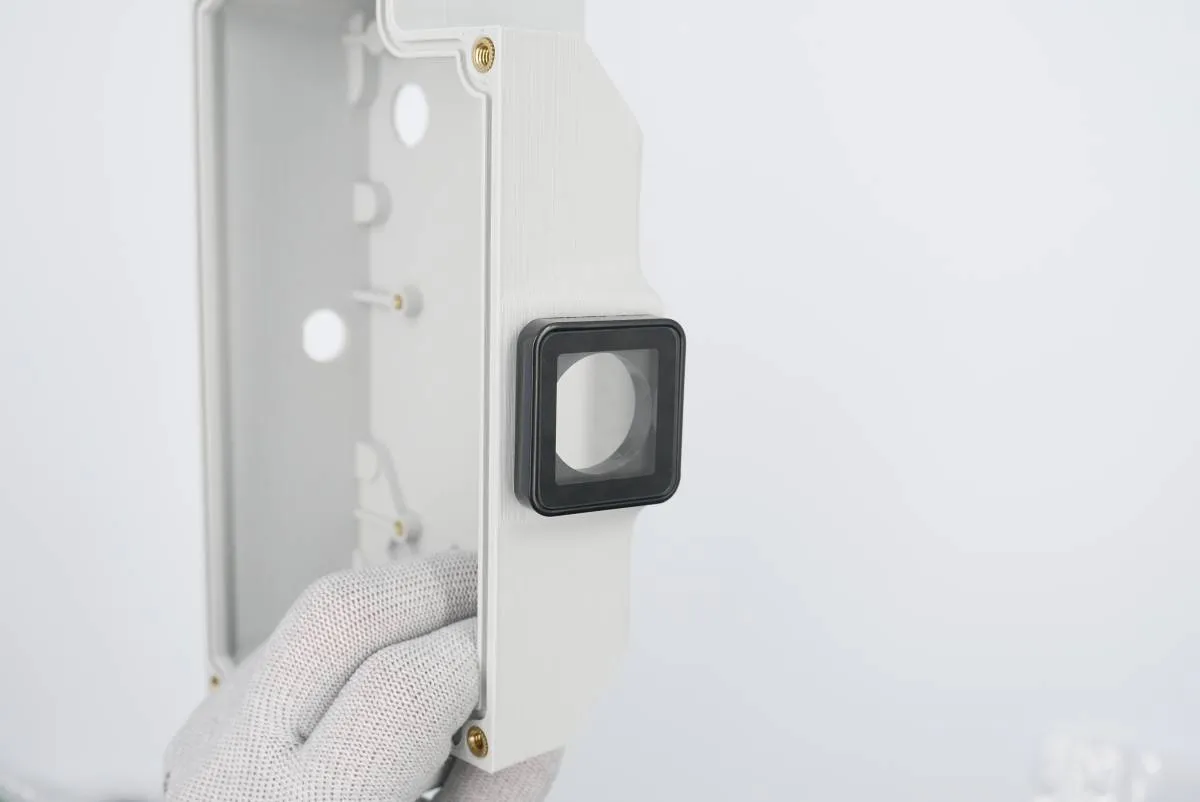
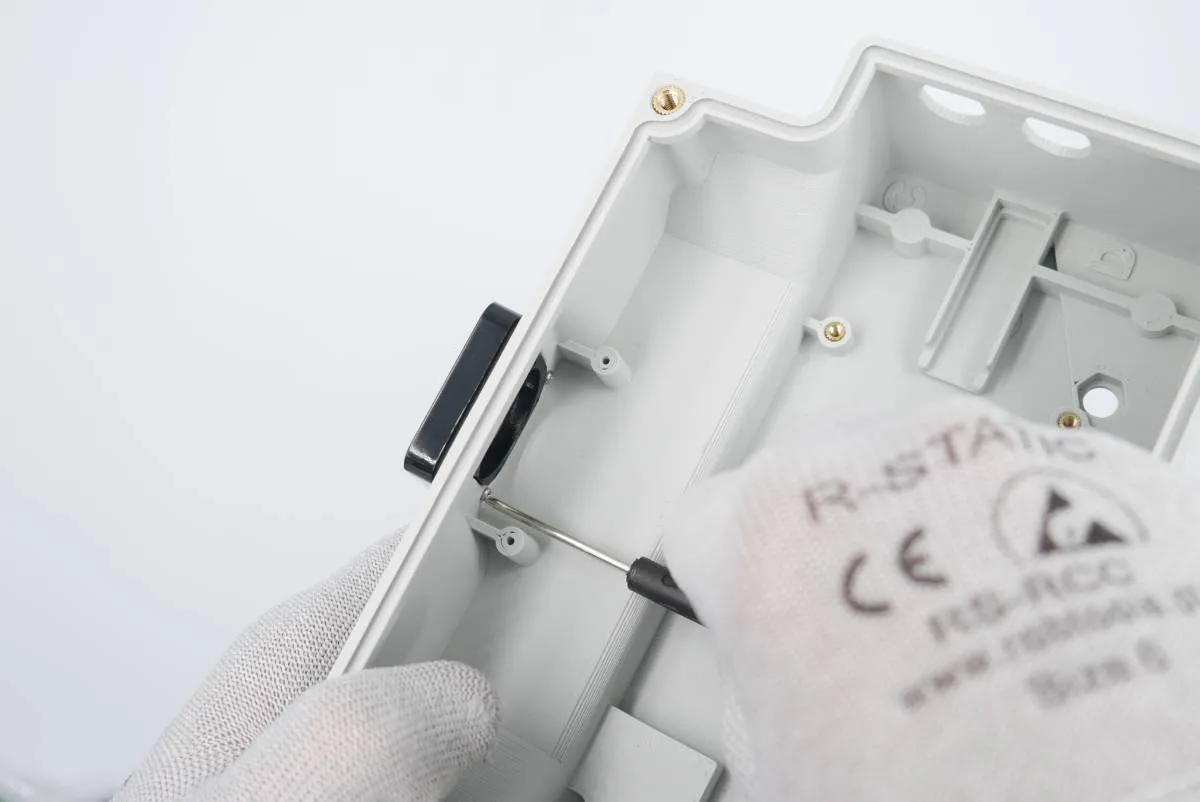
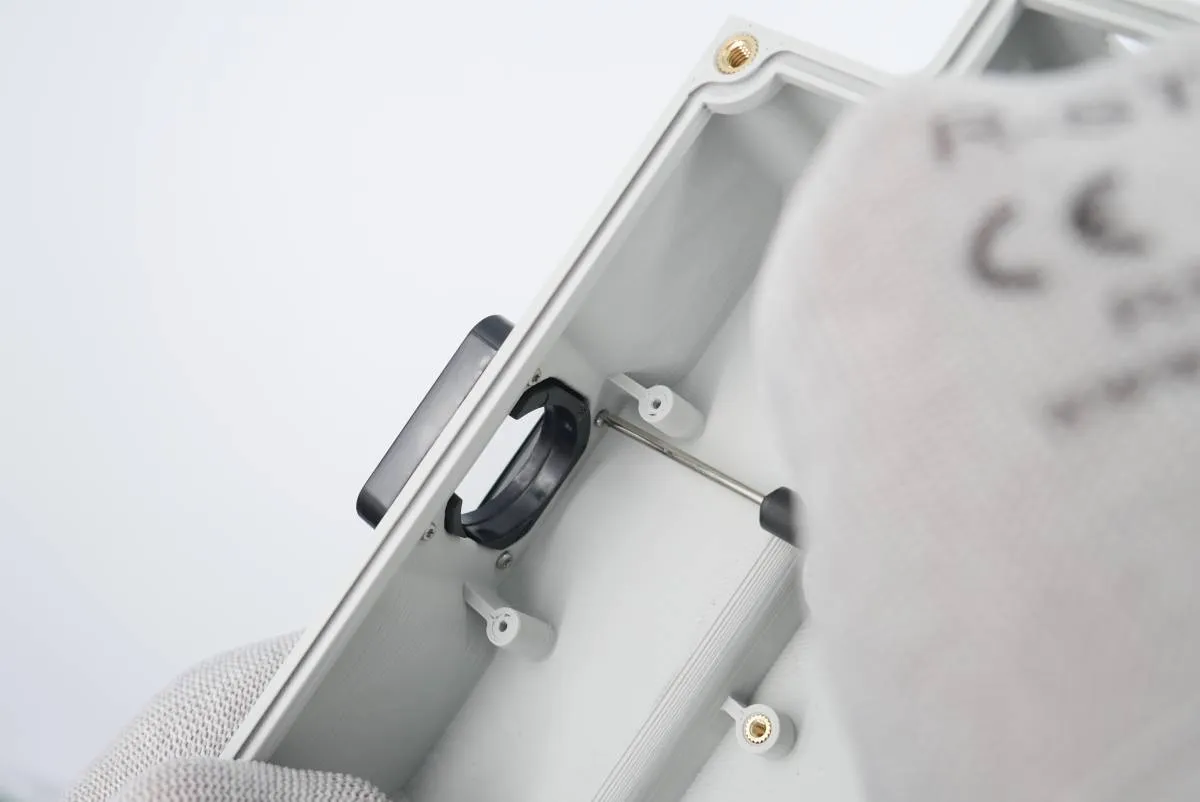
Step 2: miniUSB and power cable
Prepare:
- step 2 assembly
- 1x power cable (3pin socket with barrel plug and green cable soldered)
- 1x miniUSB socket with USB-A connector
- 1x (optional) miniUSB socket cap (blue)
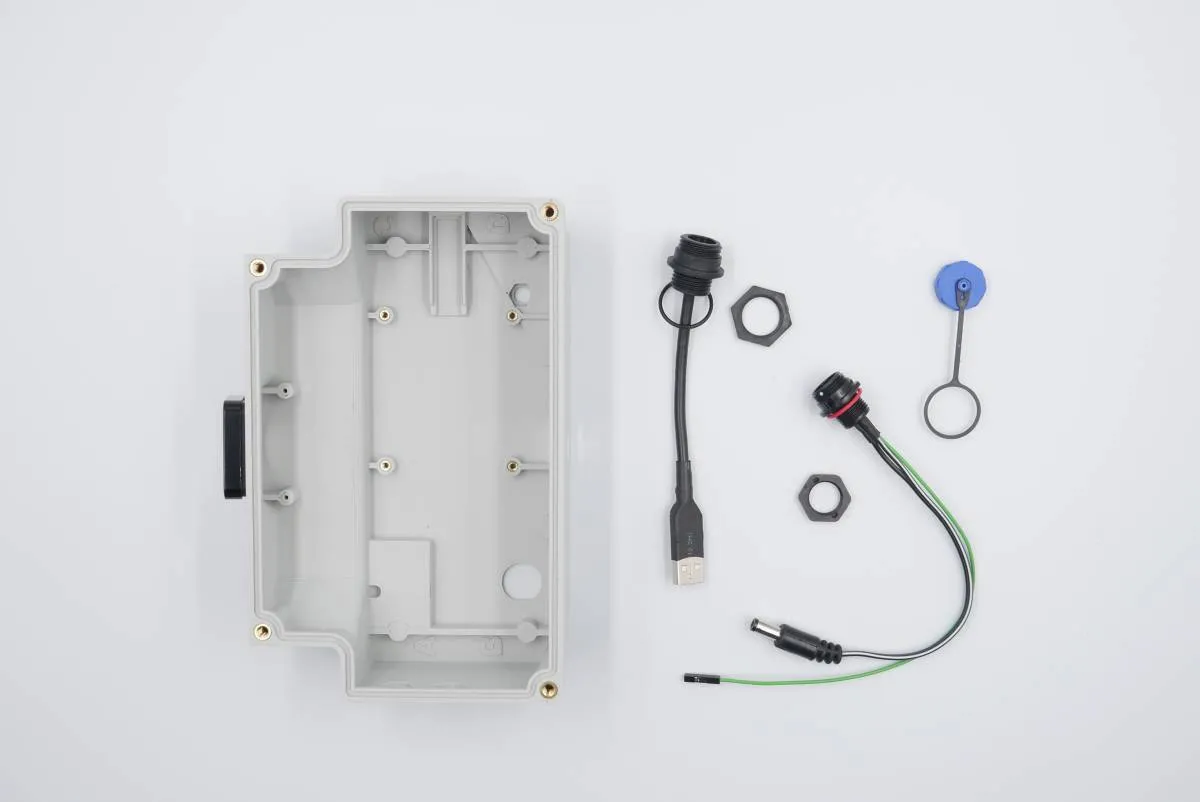
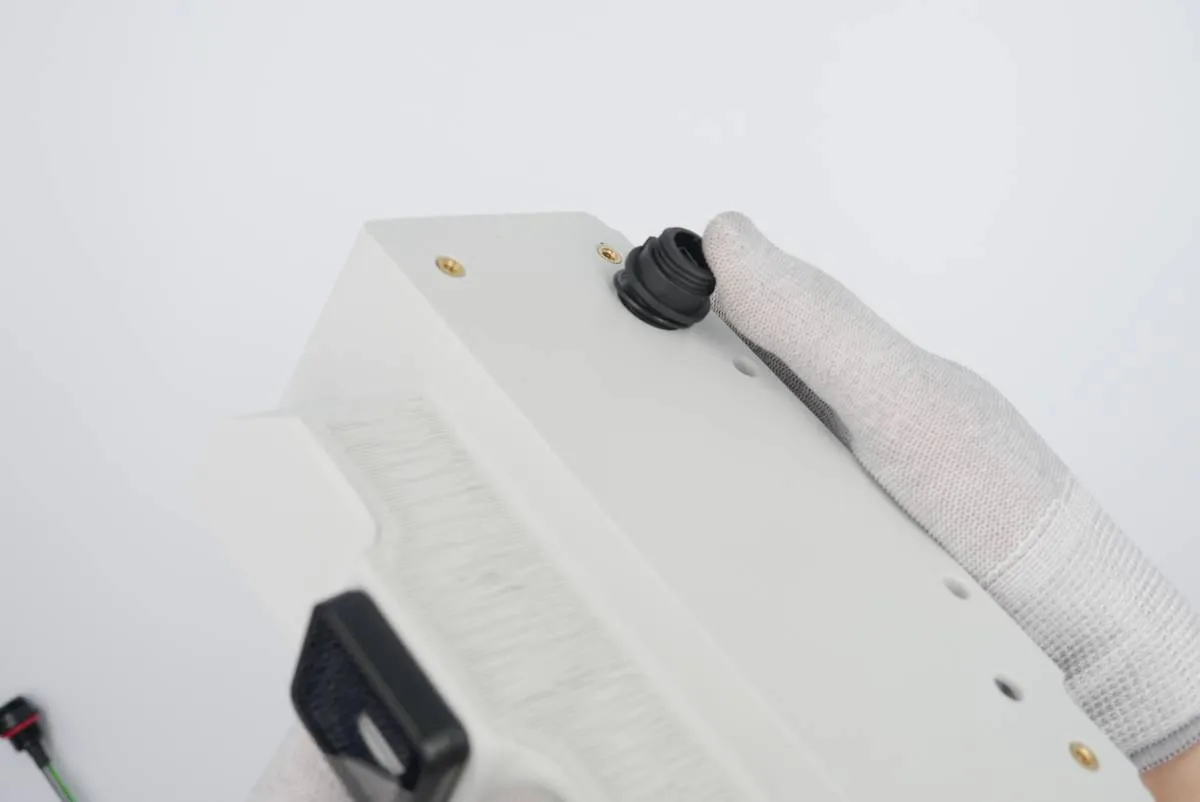
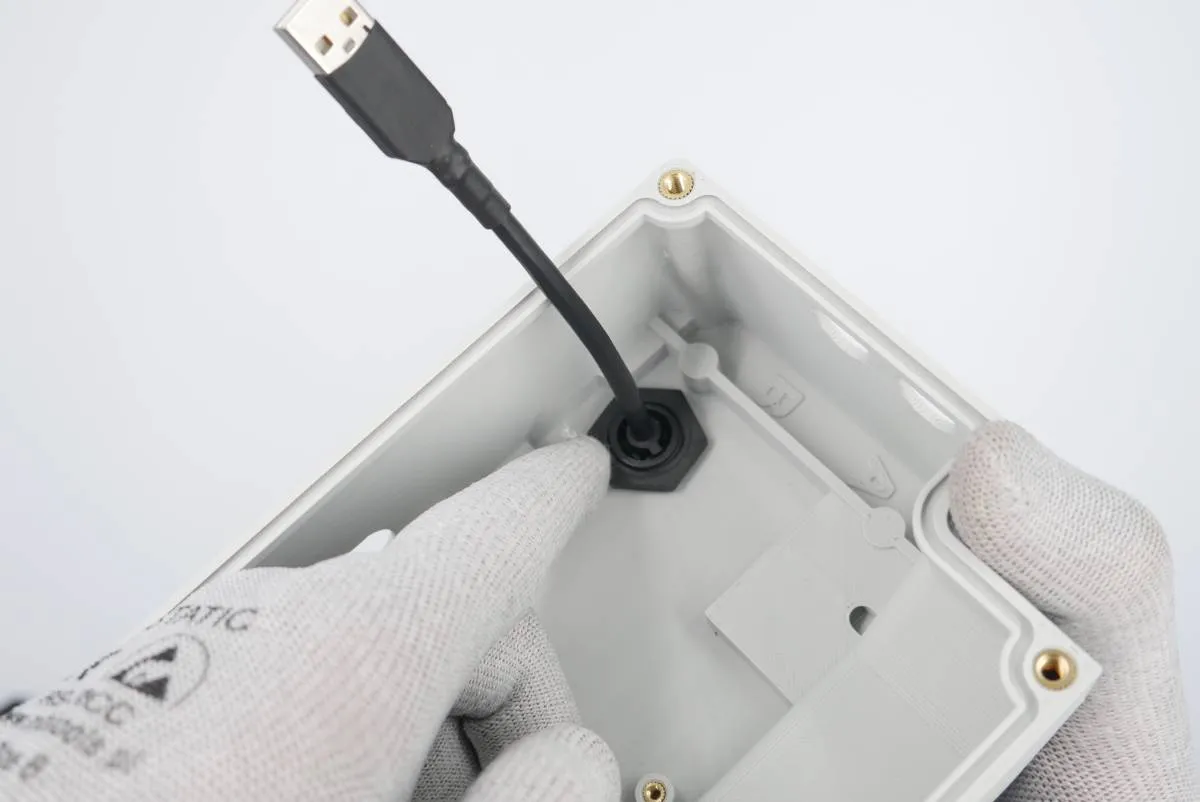
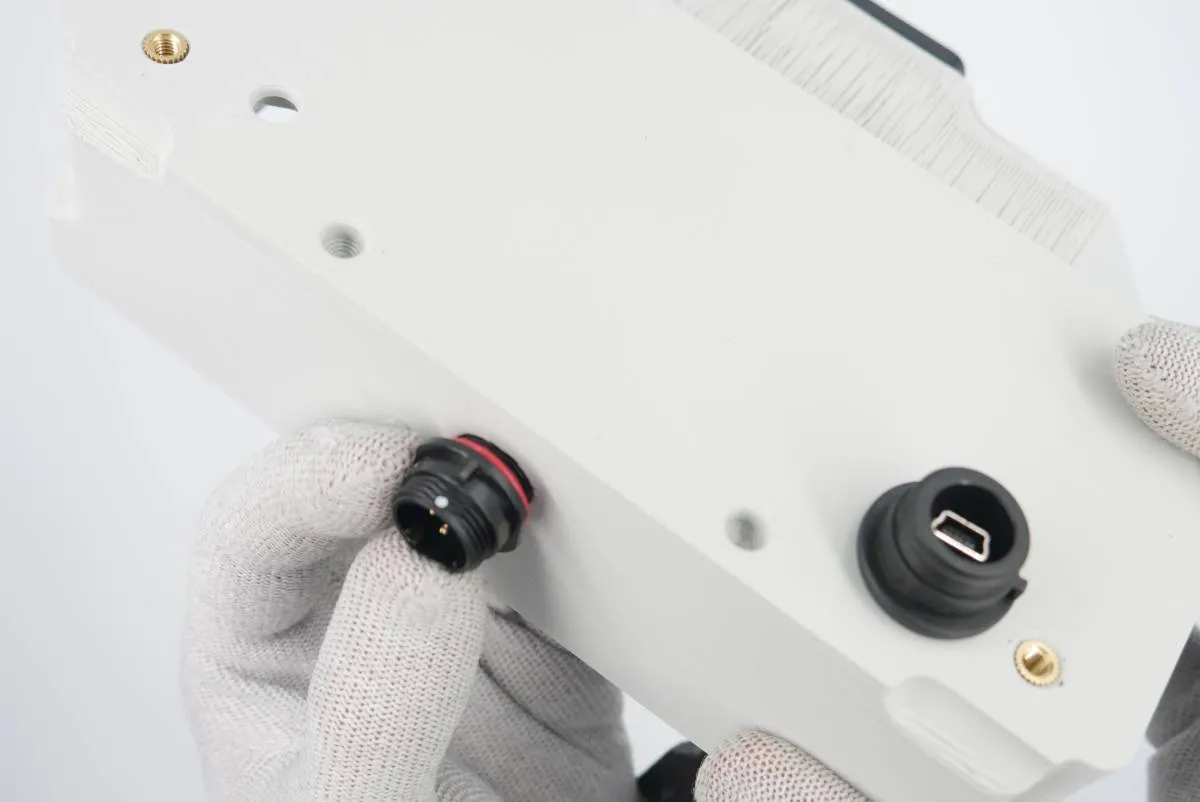
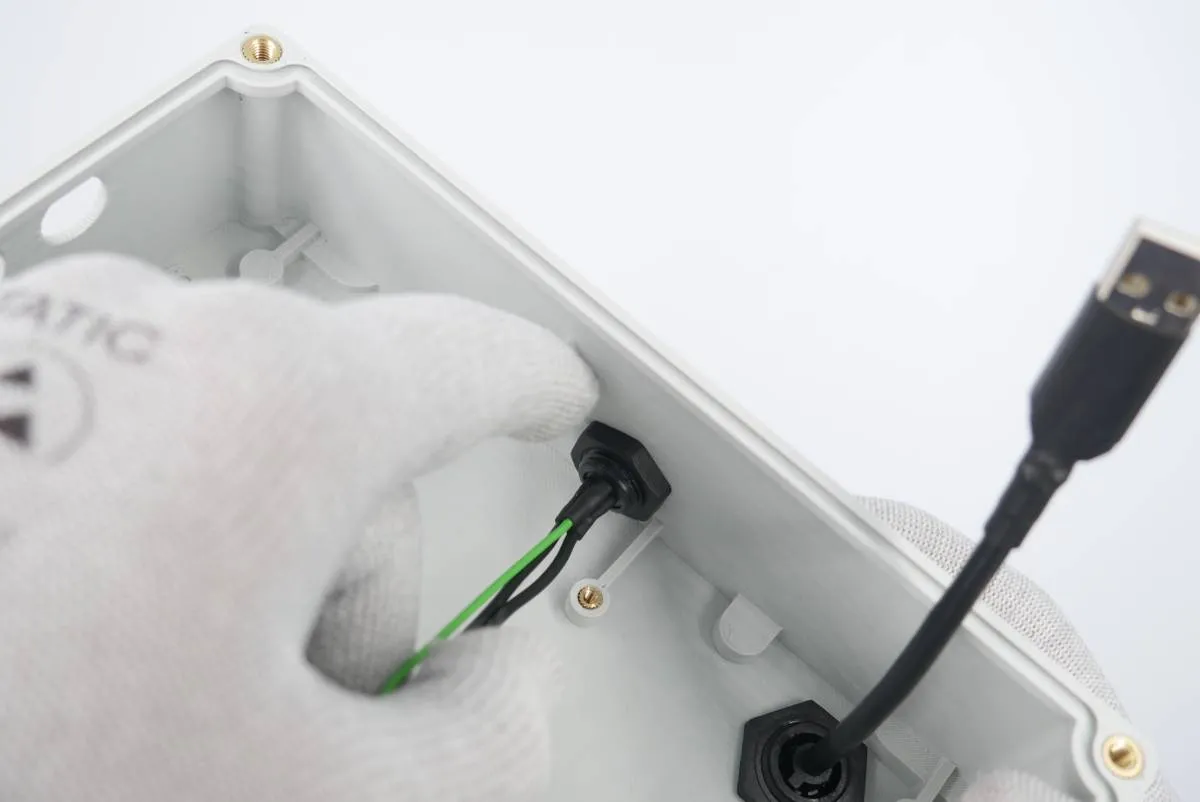
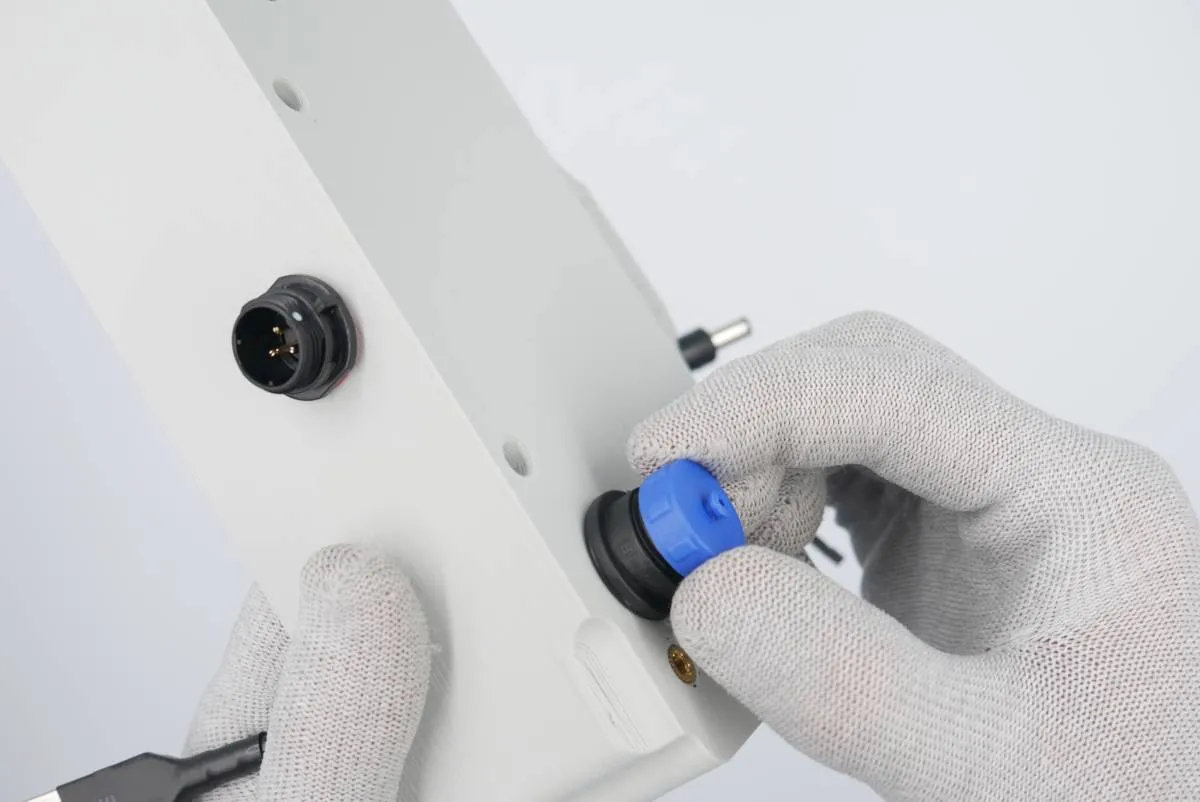
Step 3: Antenna cable
Prepare:
- step 2 assembly
- 1x antenna cable, a nut and toothed washer
- 1x small o-ring
- vaseline (optional)
- 8mm flat wrench
warning
Don't use the spring washer that may be provided with the antenna cable. Use only the toothed washer.
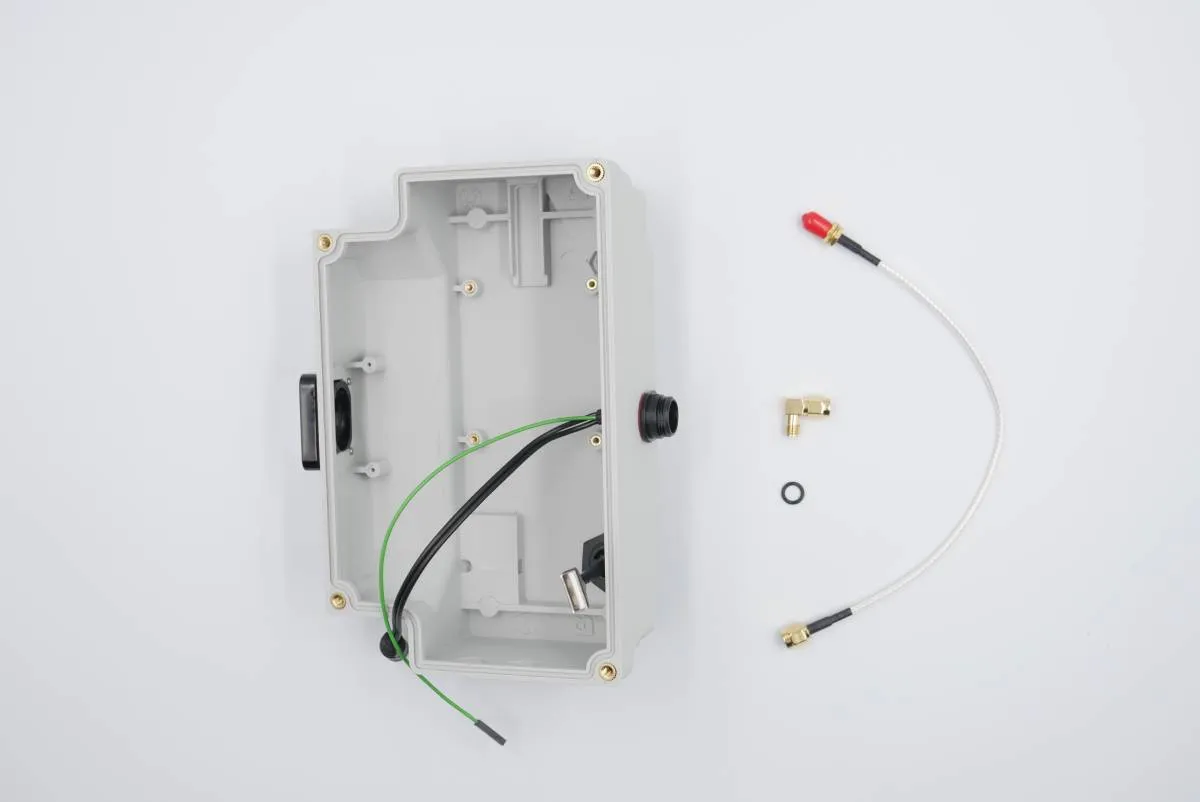
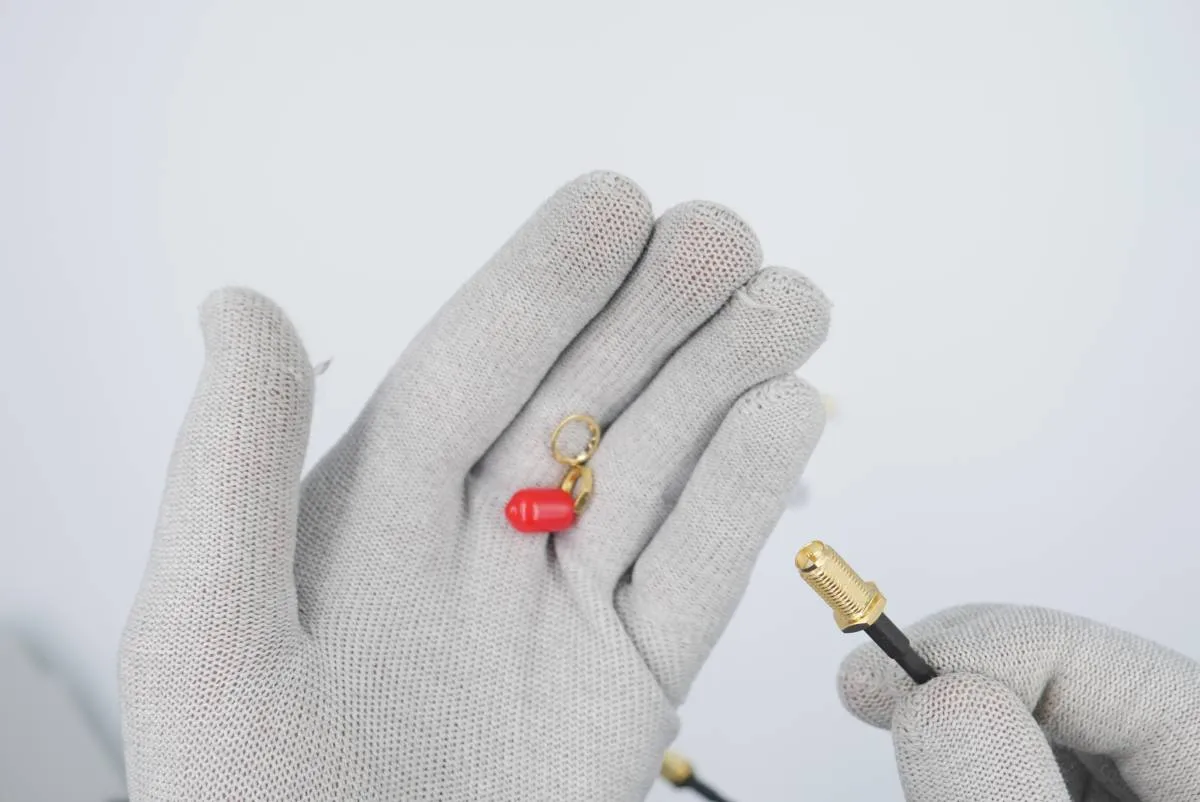
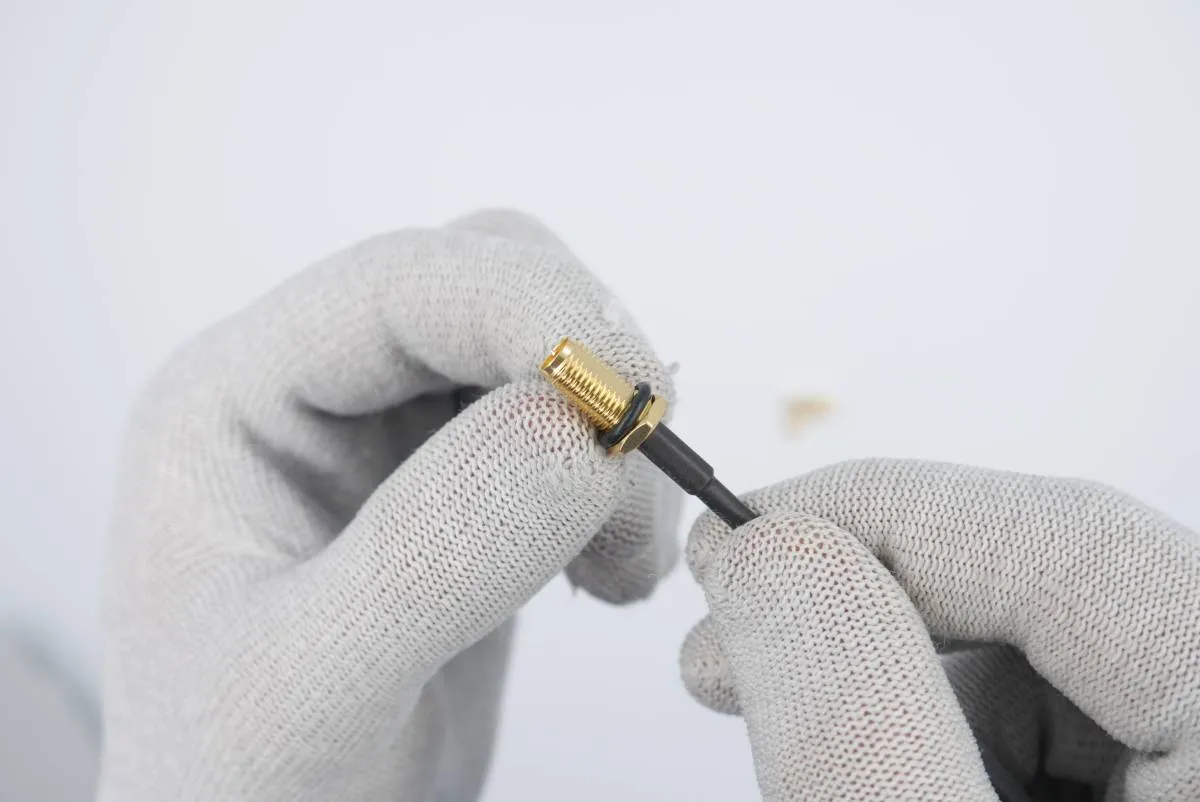

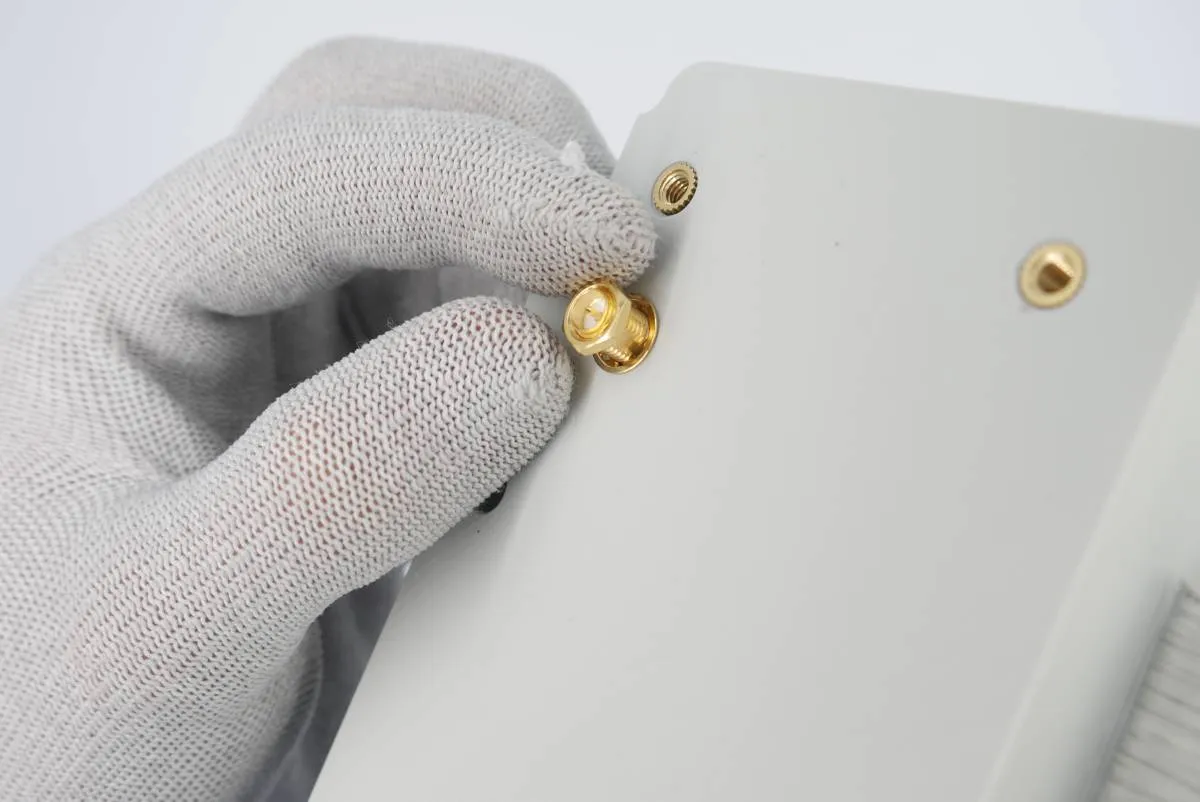
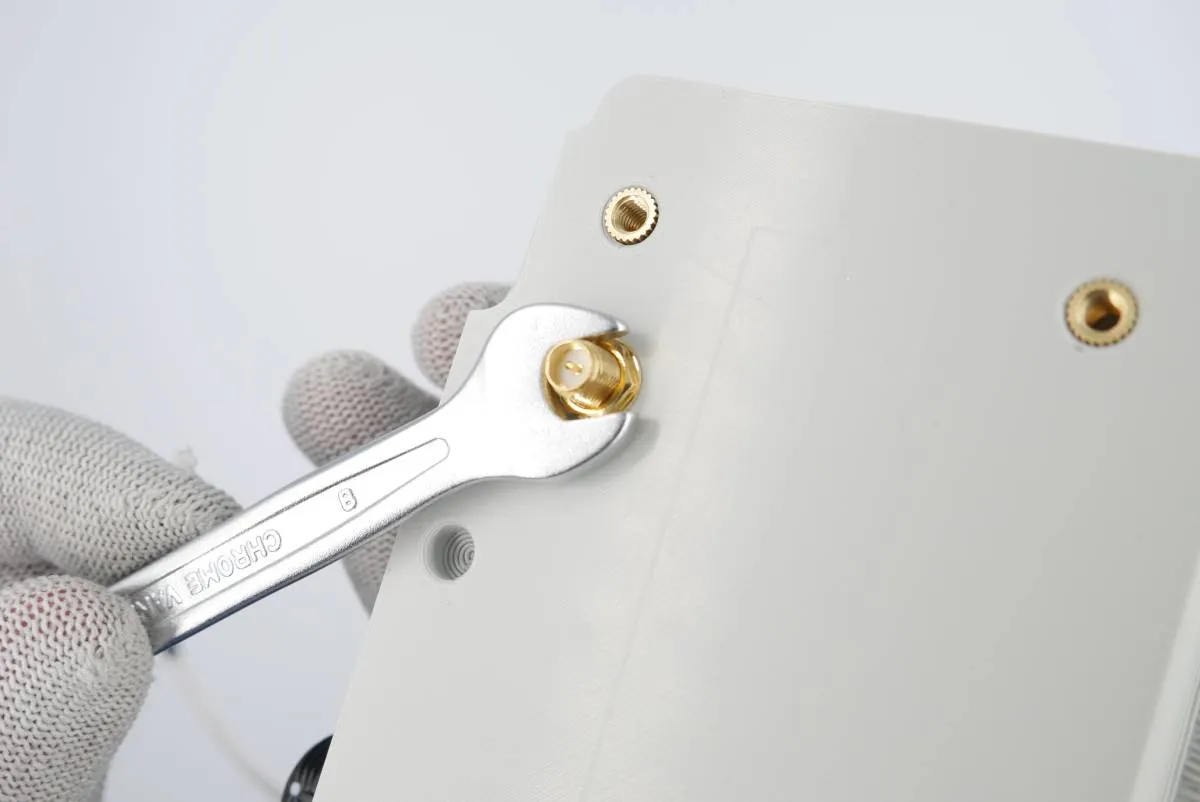
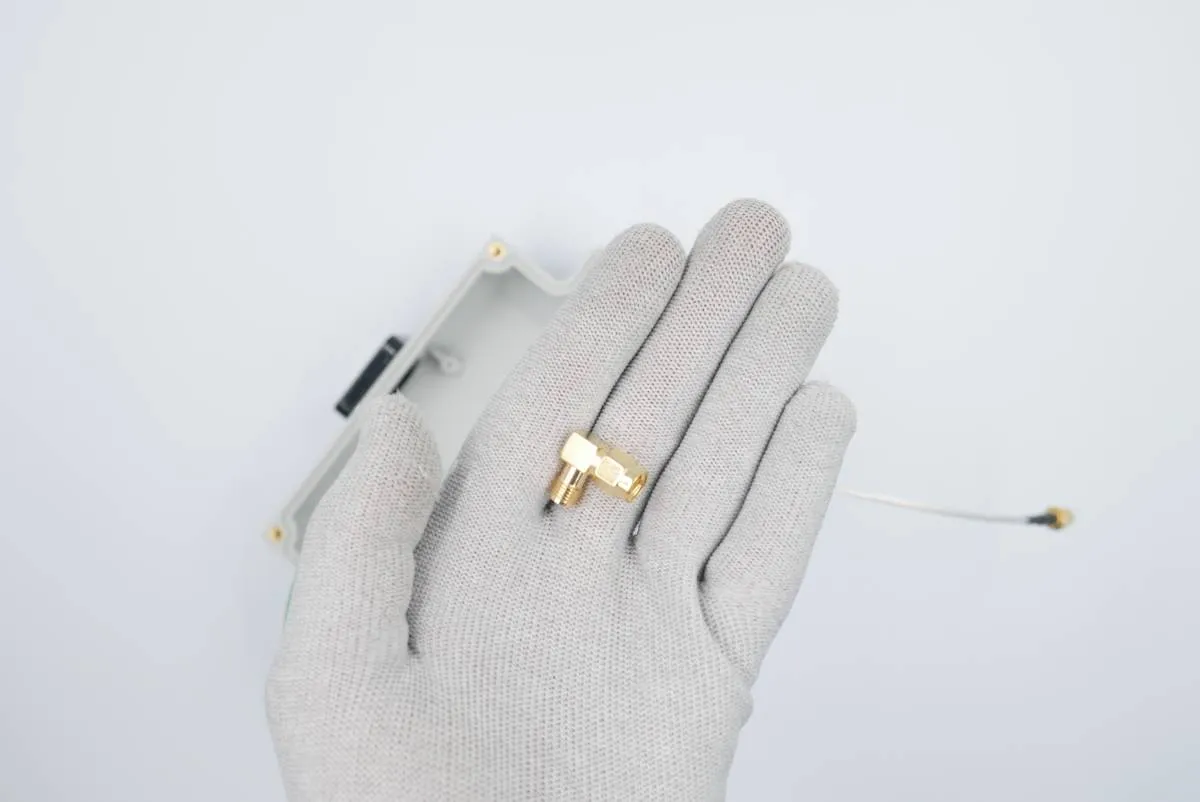
Step 4: Camera
Prepare:
- step 3 assembly
- 1x fisheye camera (white box)
- 1x plastic camera mount (3D-printed)
- 4x 2.2x6.5 self-tapping screws (cross-headed)
- cross-head screwdriver
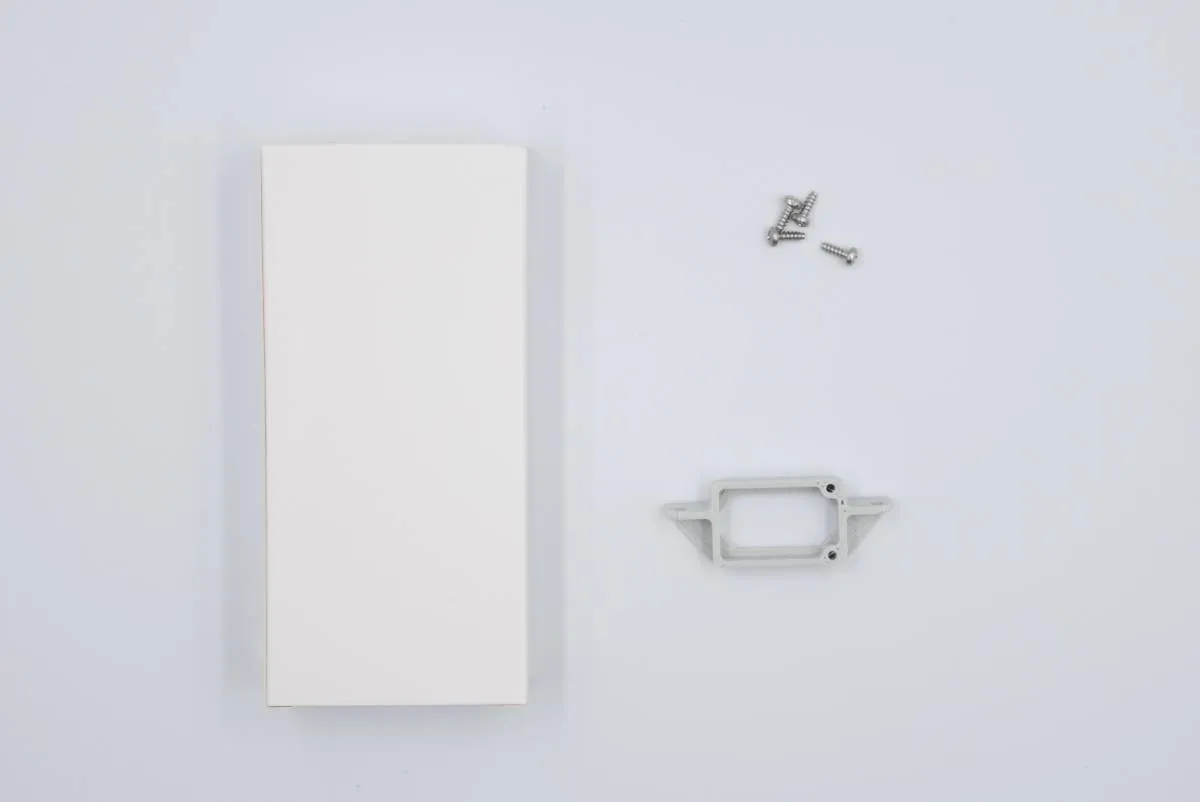
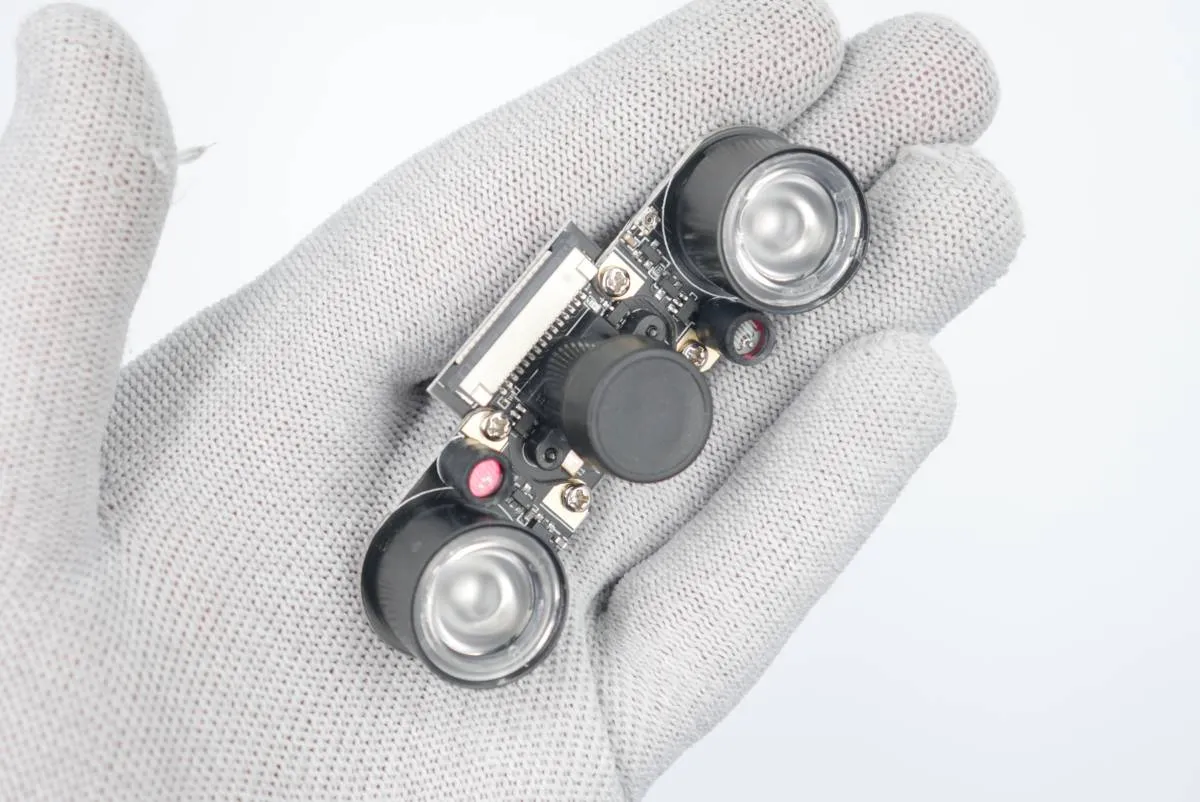
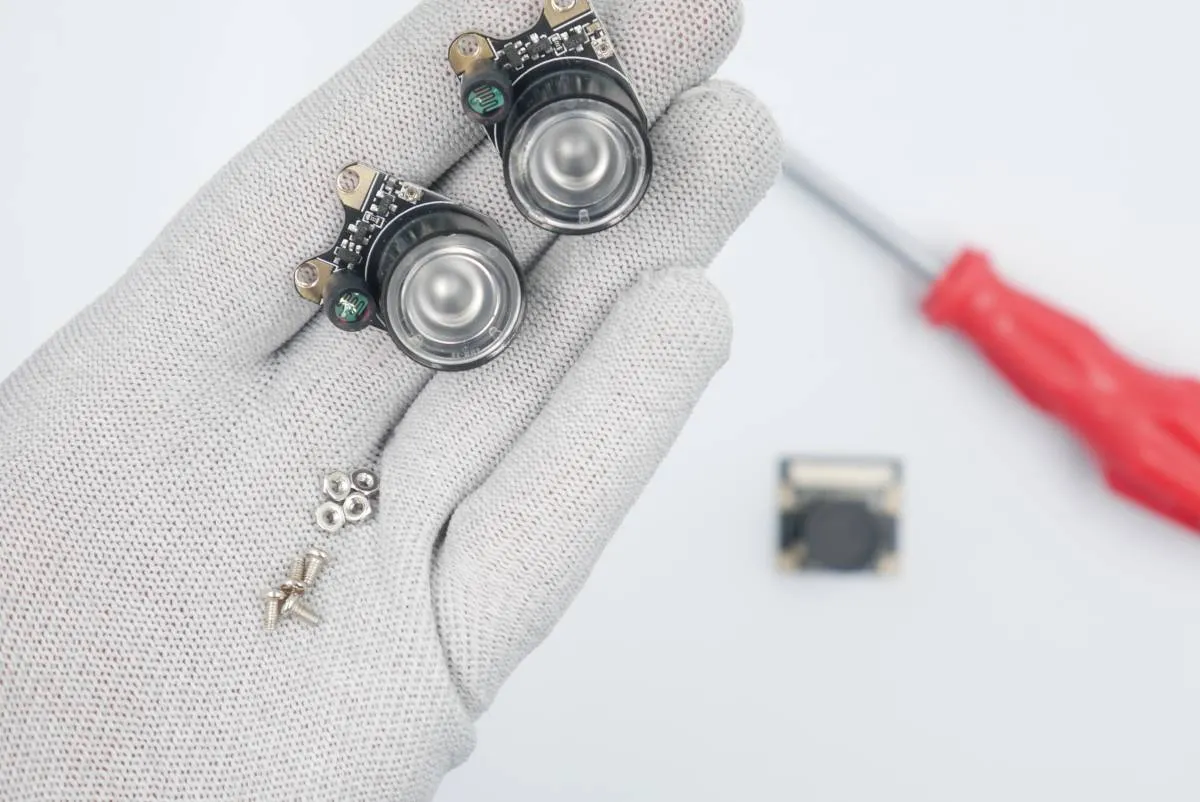

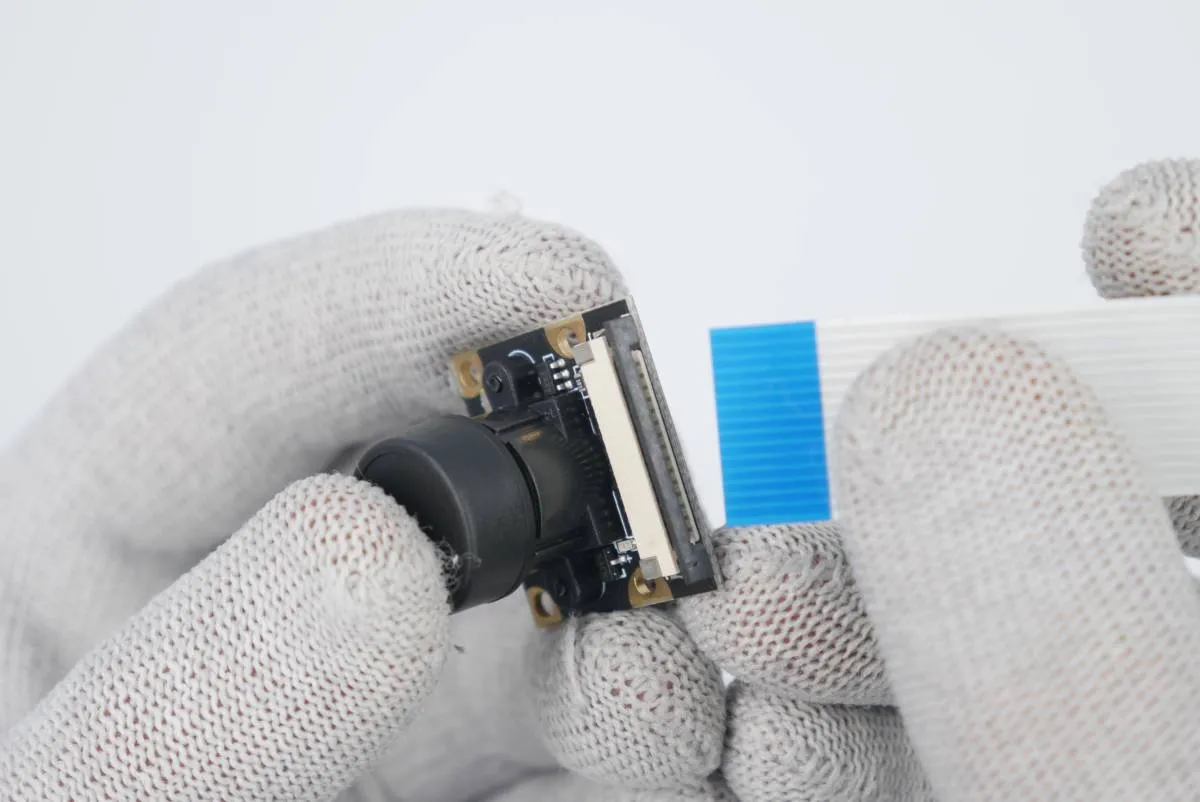
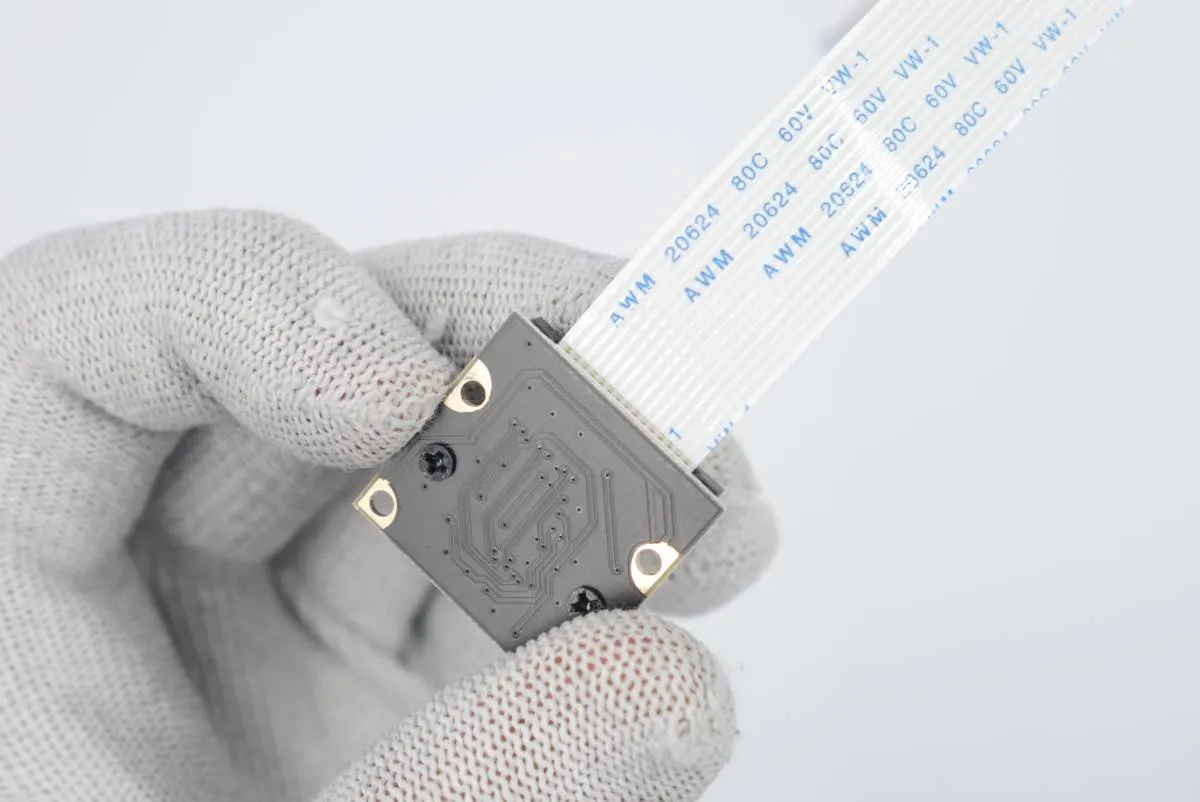
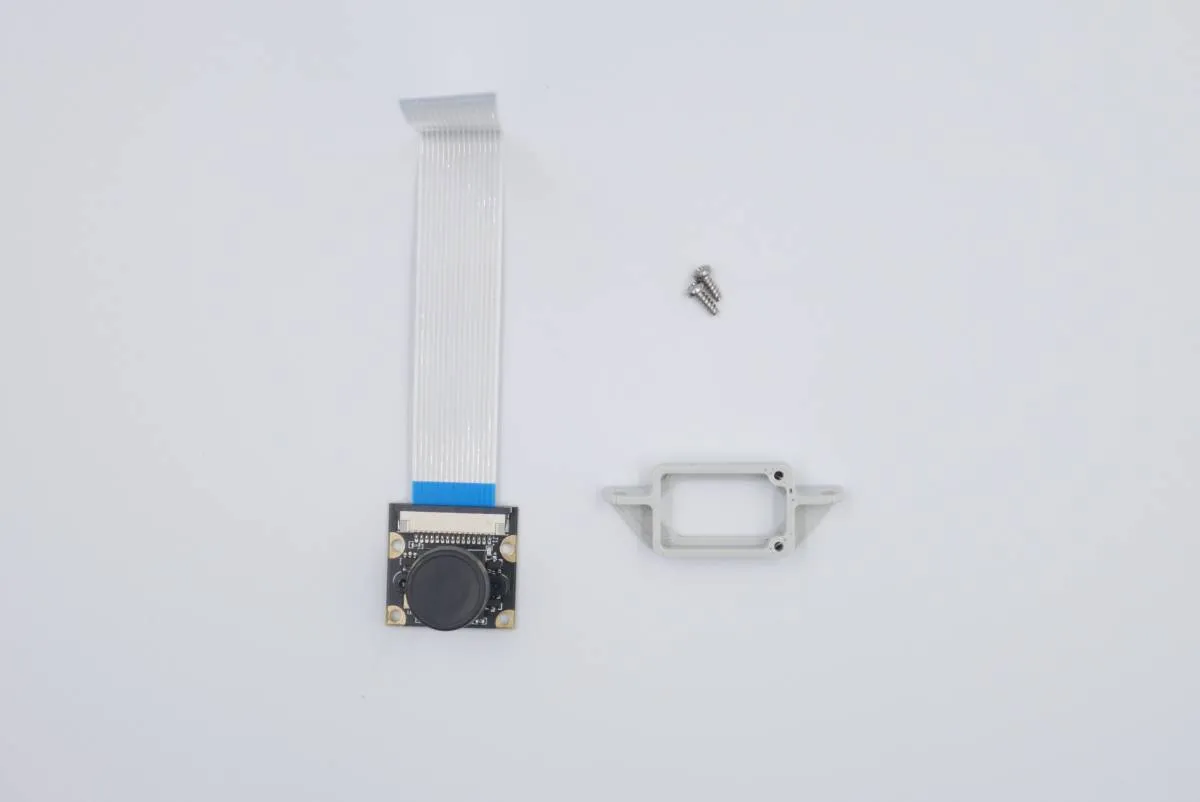
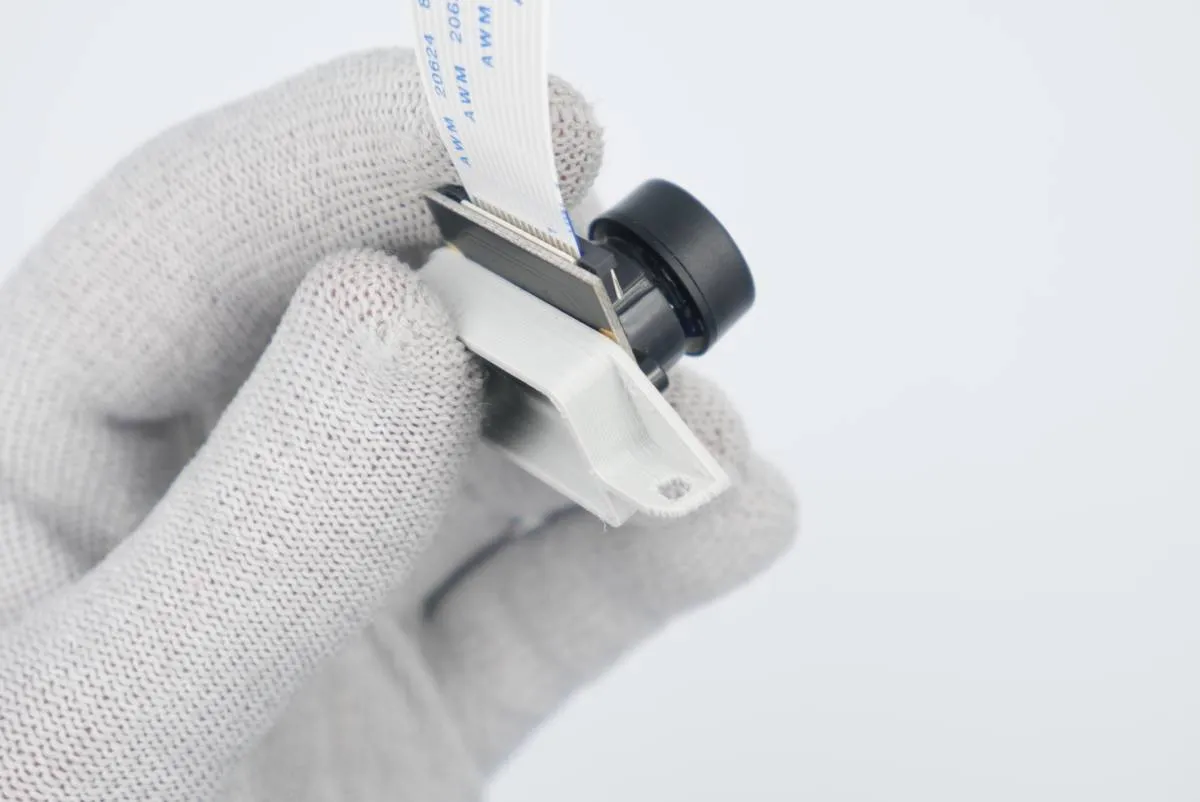
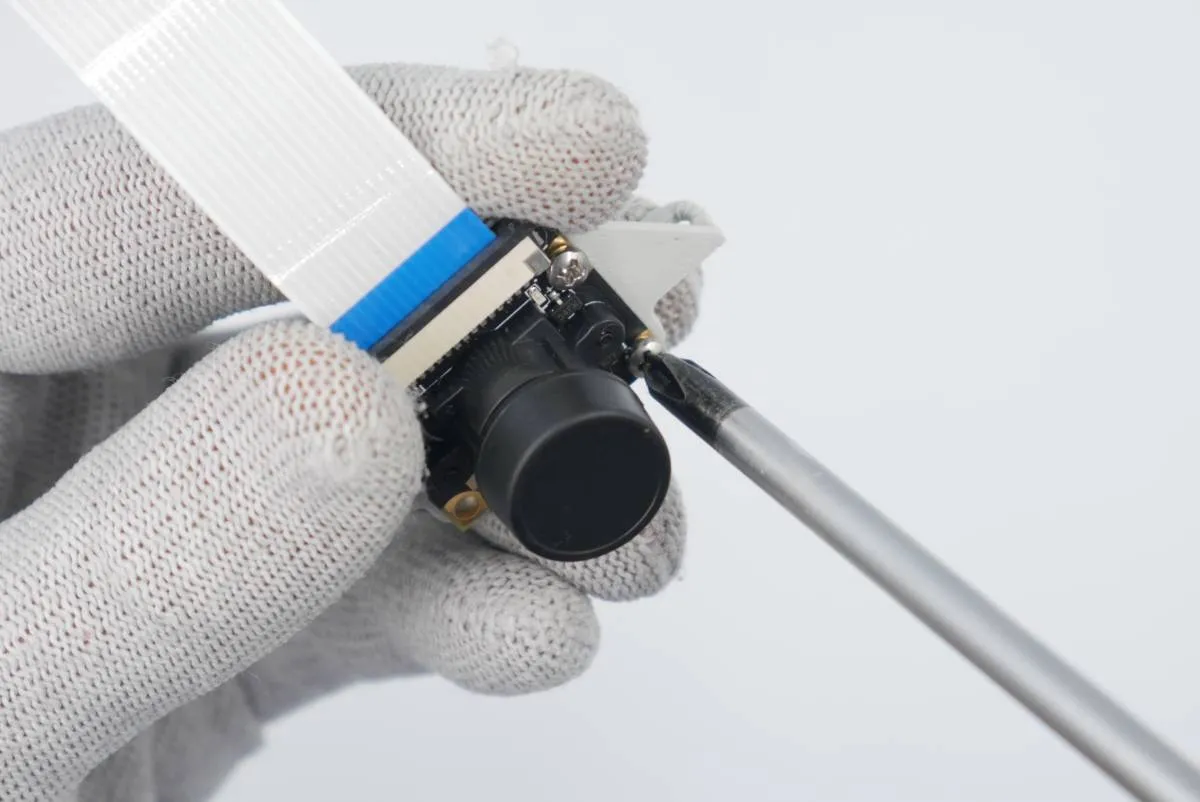
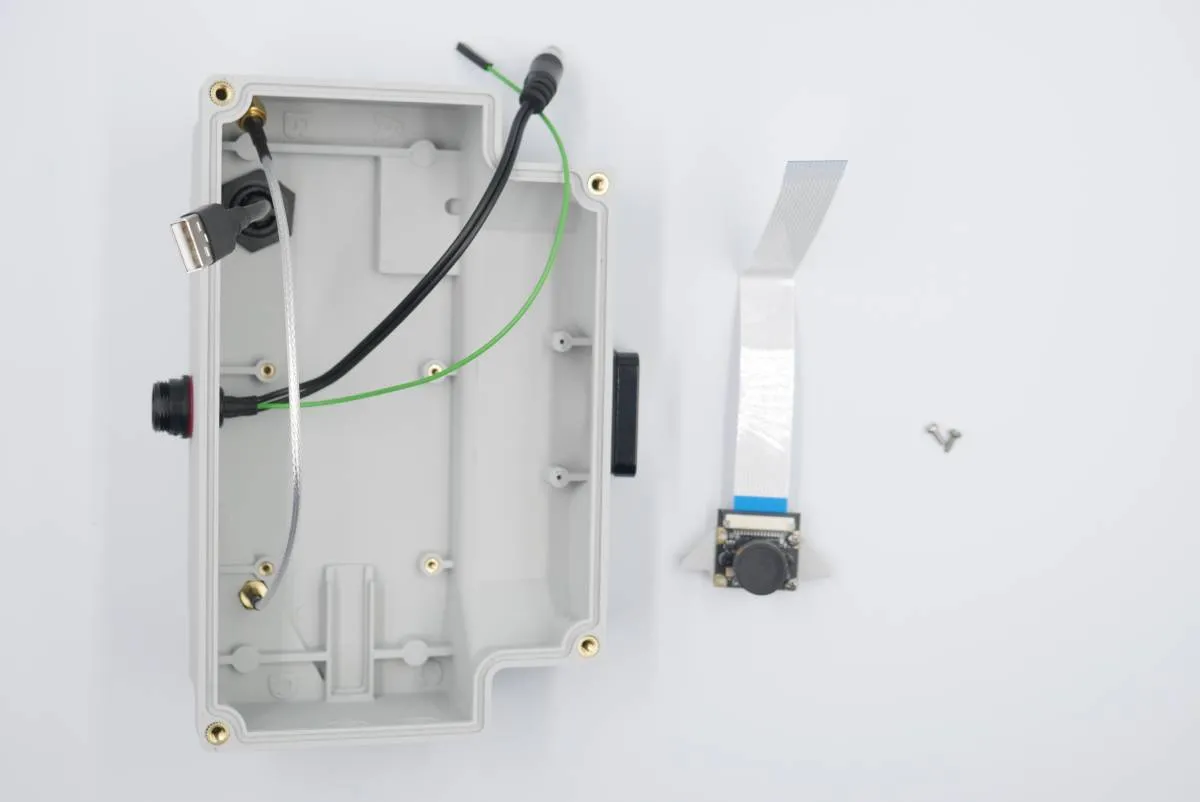
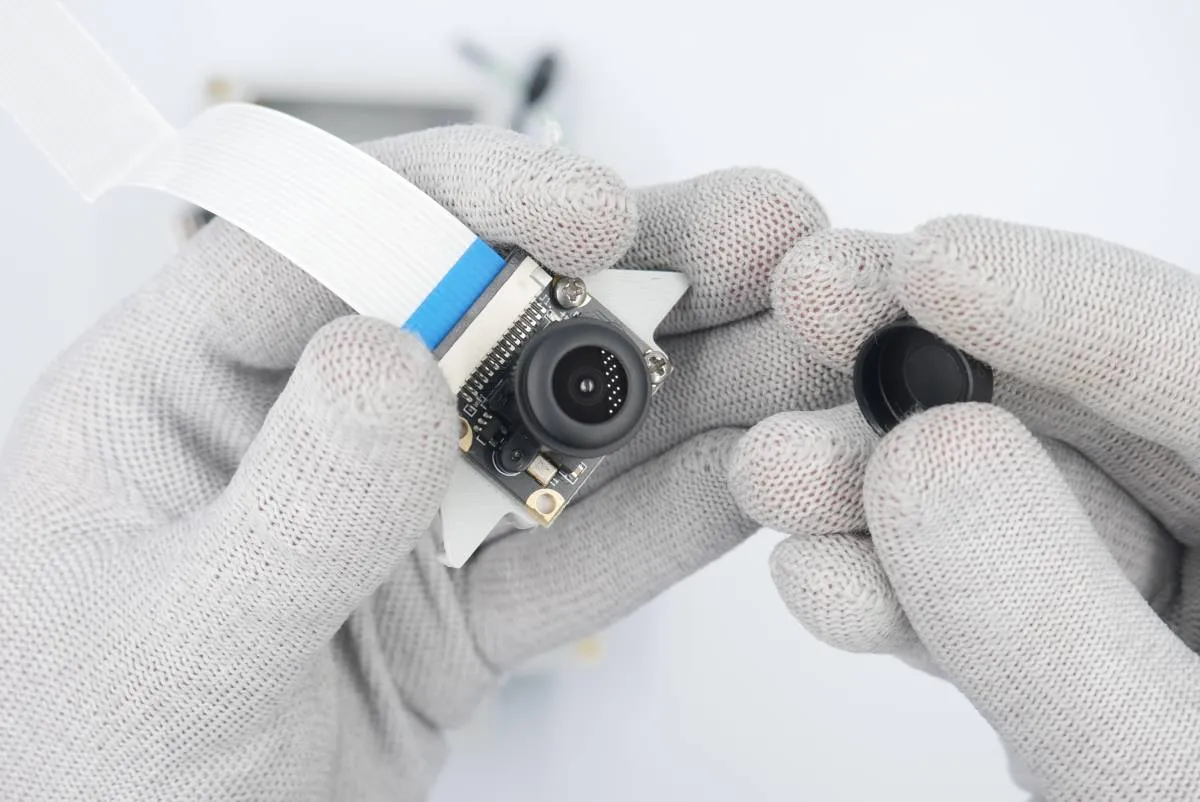
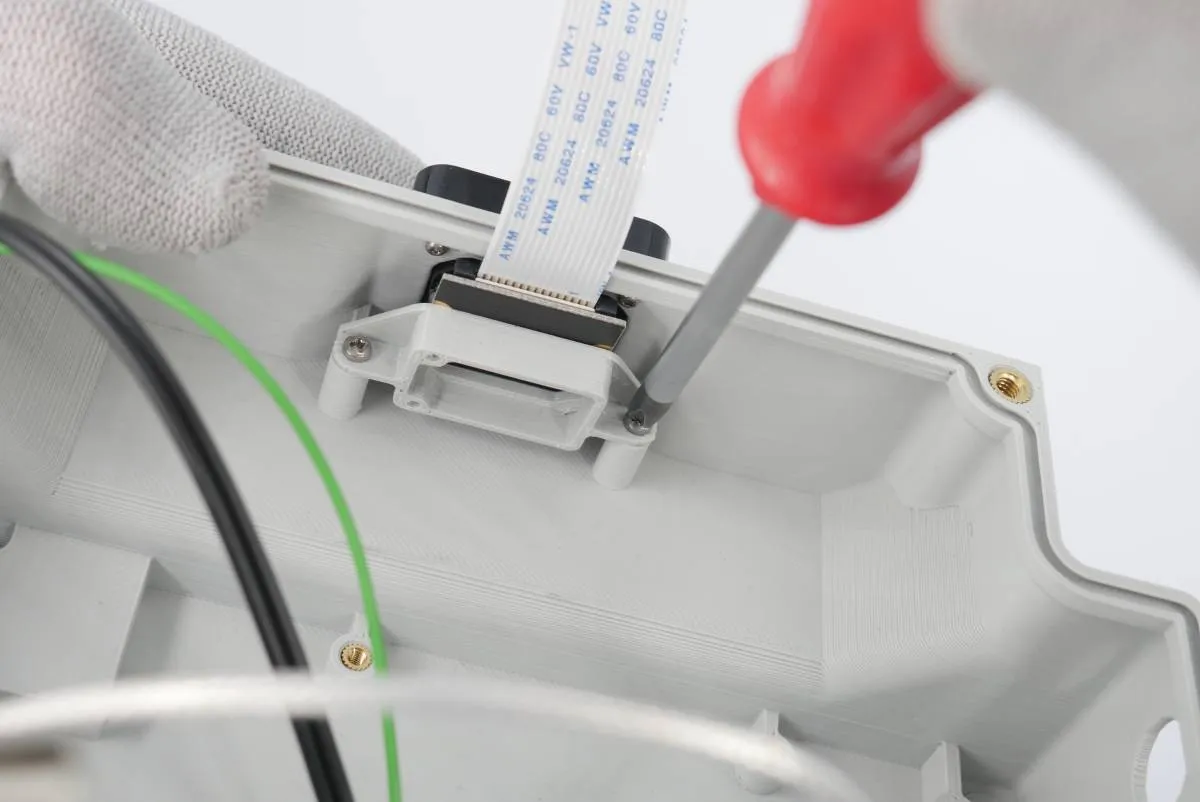

Step 5: RaspberryPi and WiFi modem assembly
Prepare:
- step 4 assembly
- 1x RaspberryPi board
- 4x m2.5x18 plastic distances
- 4x m4x6 metal distances
- 1x ALFA USB WiFi modem
- 1x 90deg antenna adapter (from previous steps)
- Leo Rover v1.8
- Leo Rover < v1.8
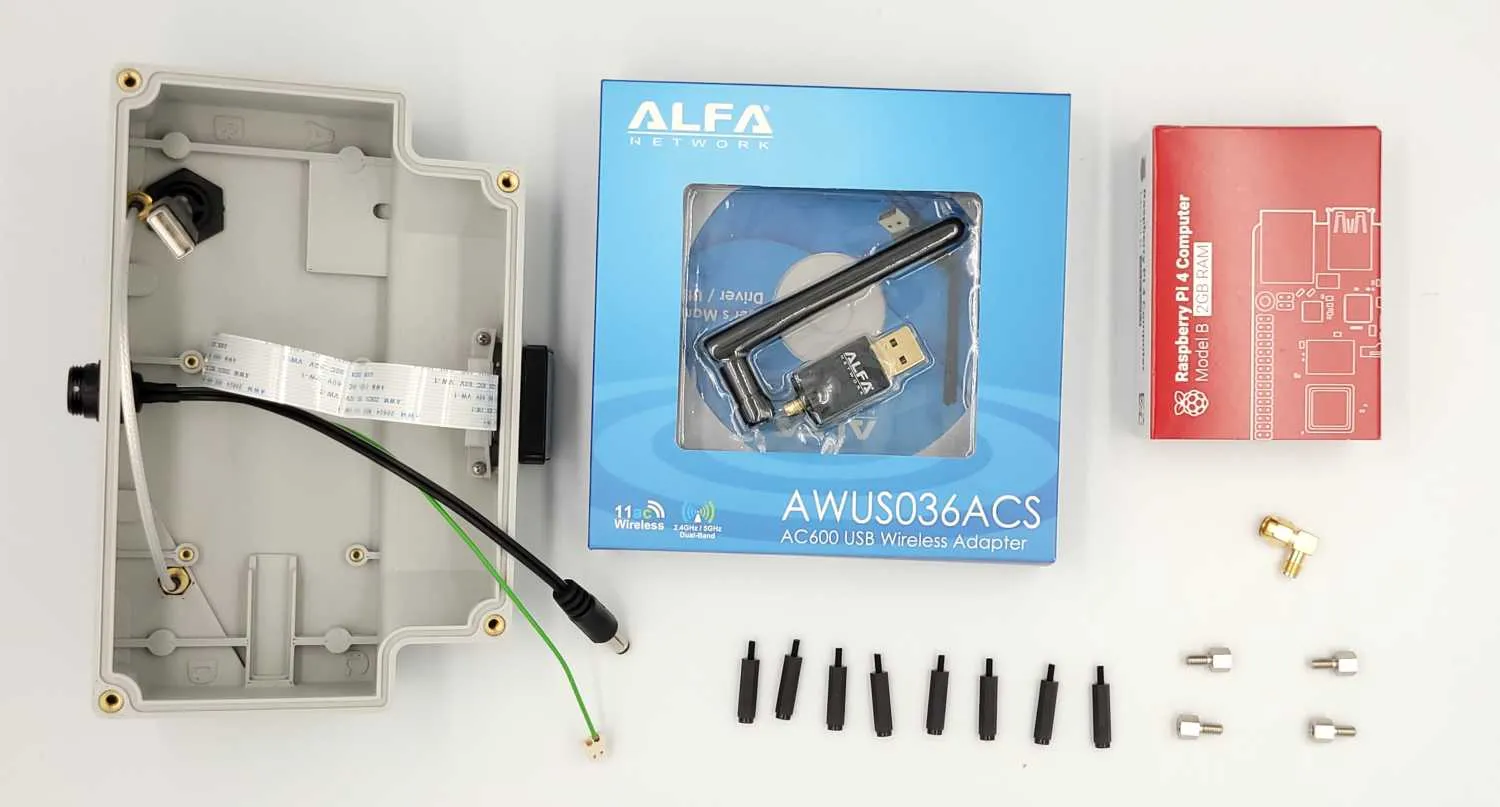

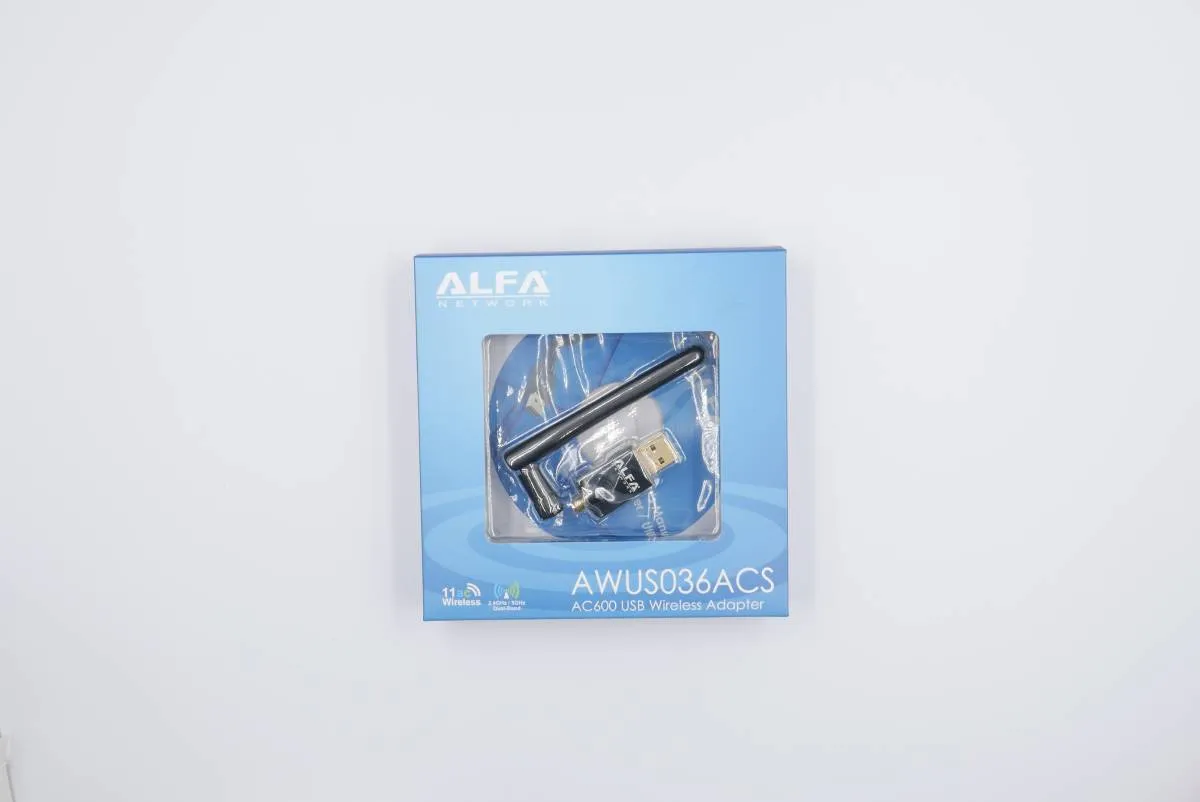


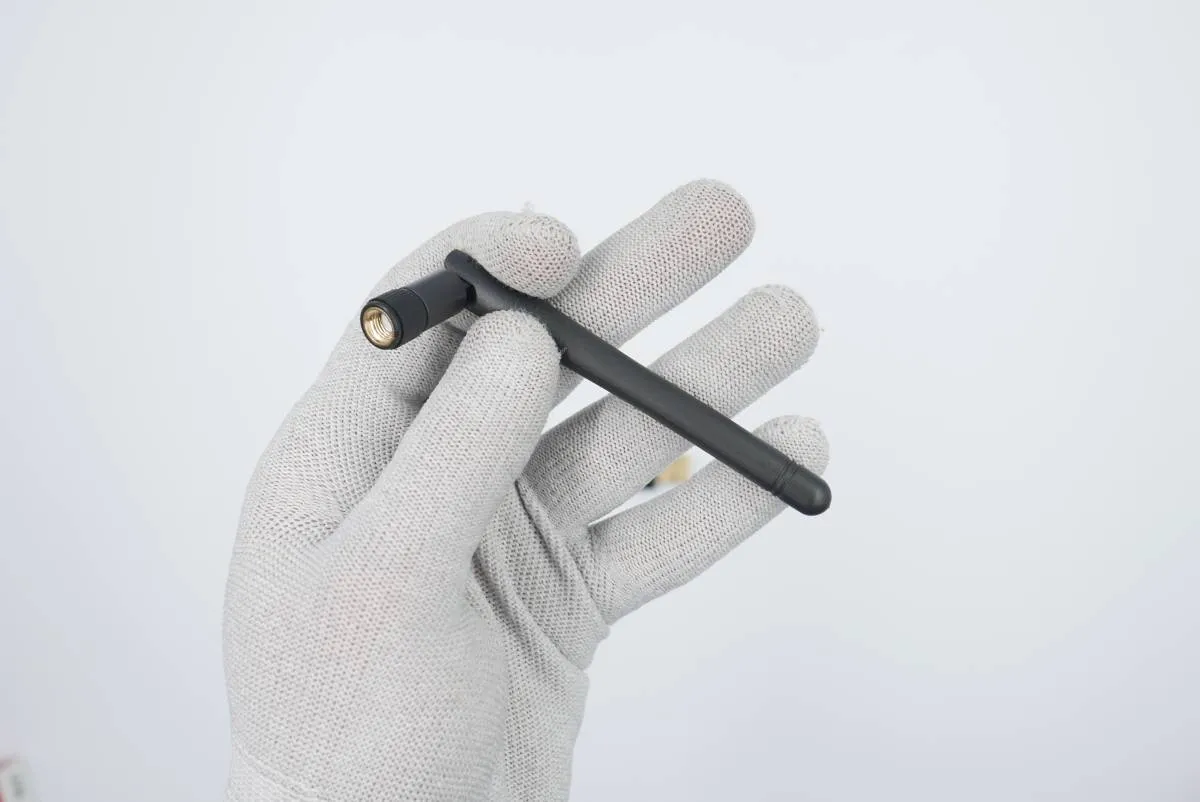
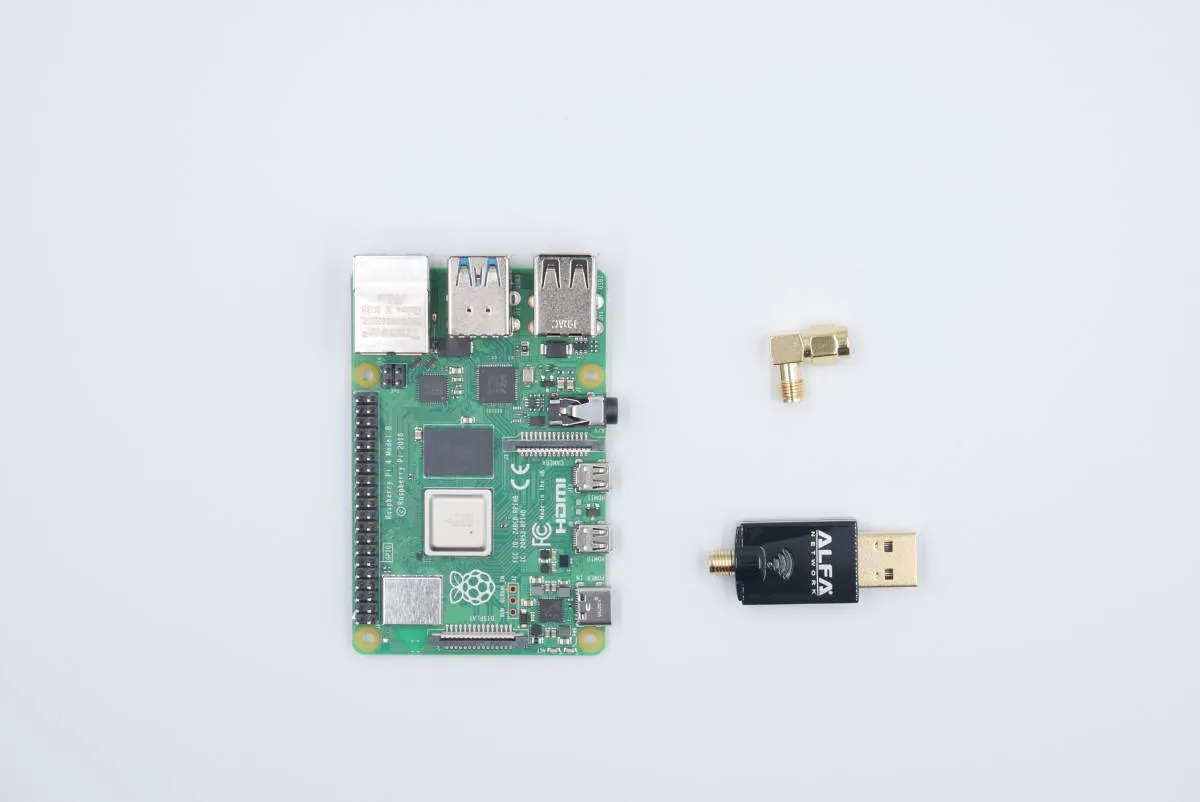
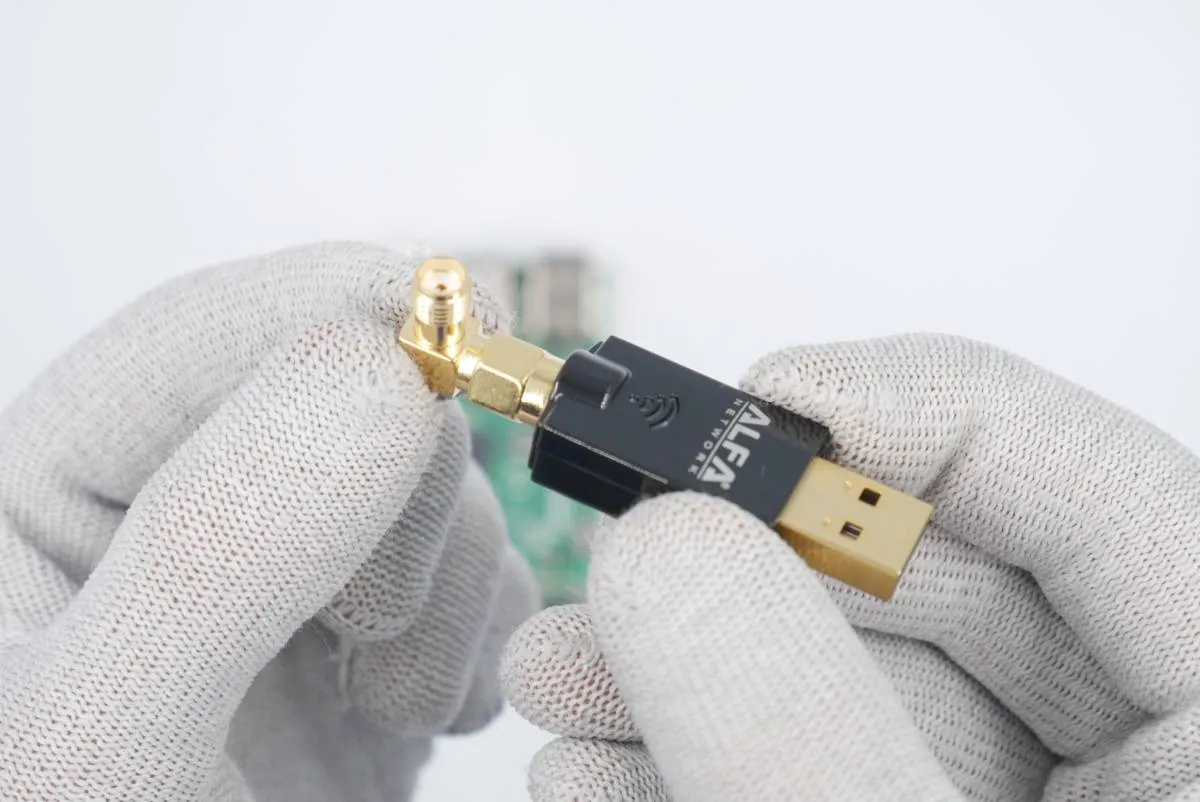
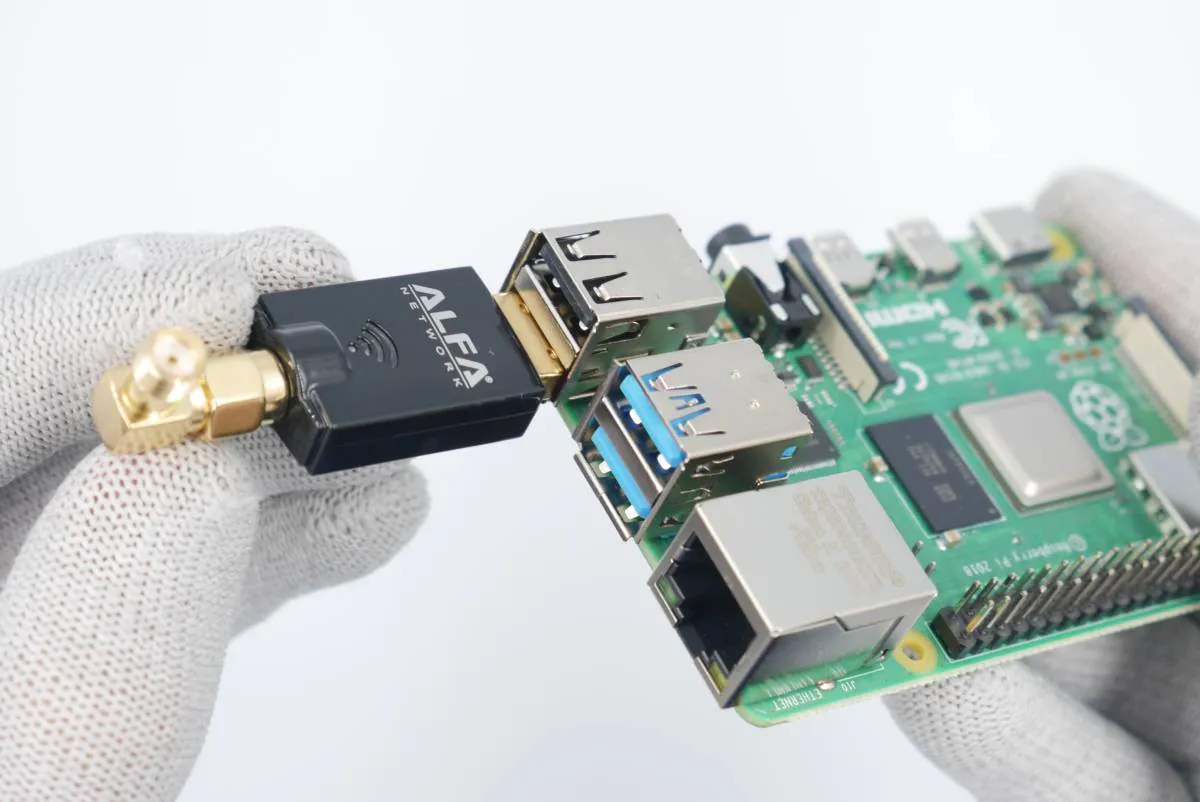
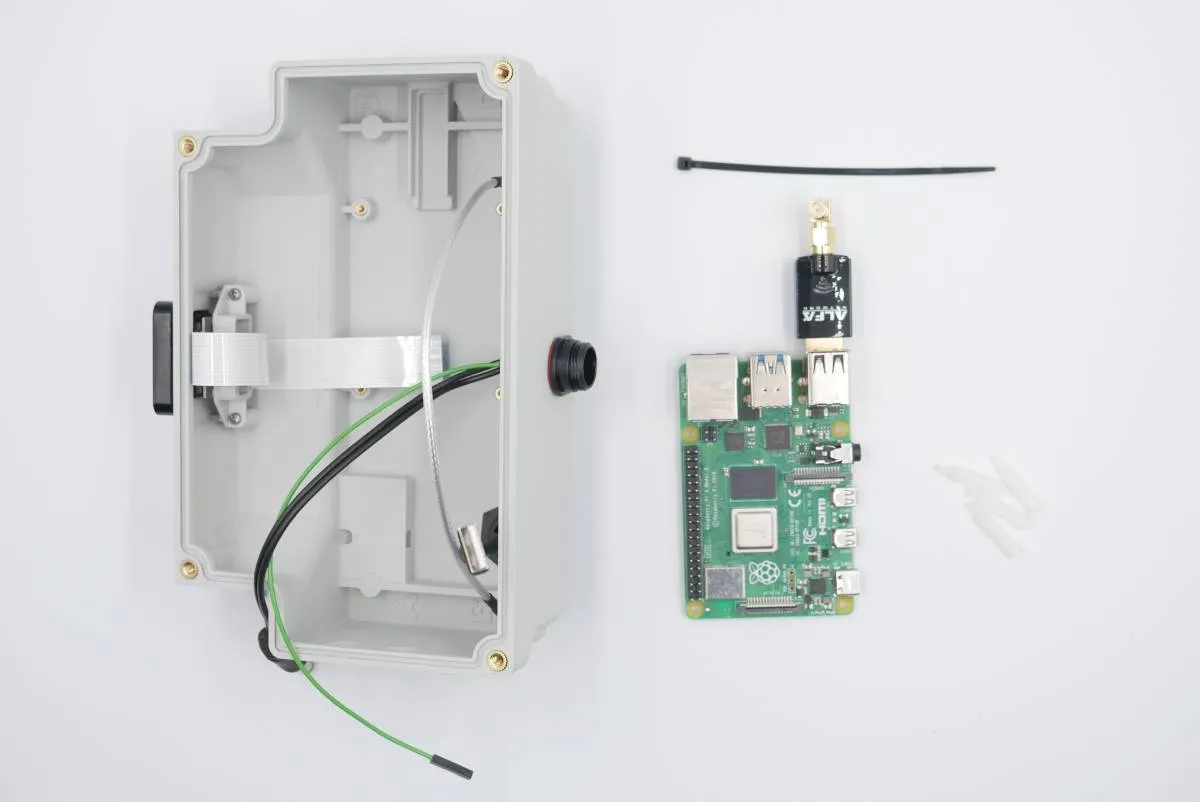
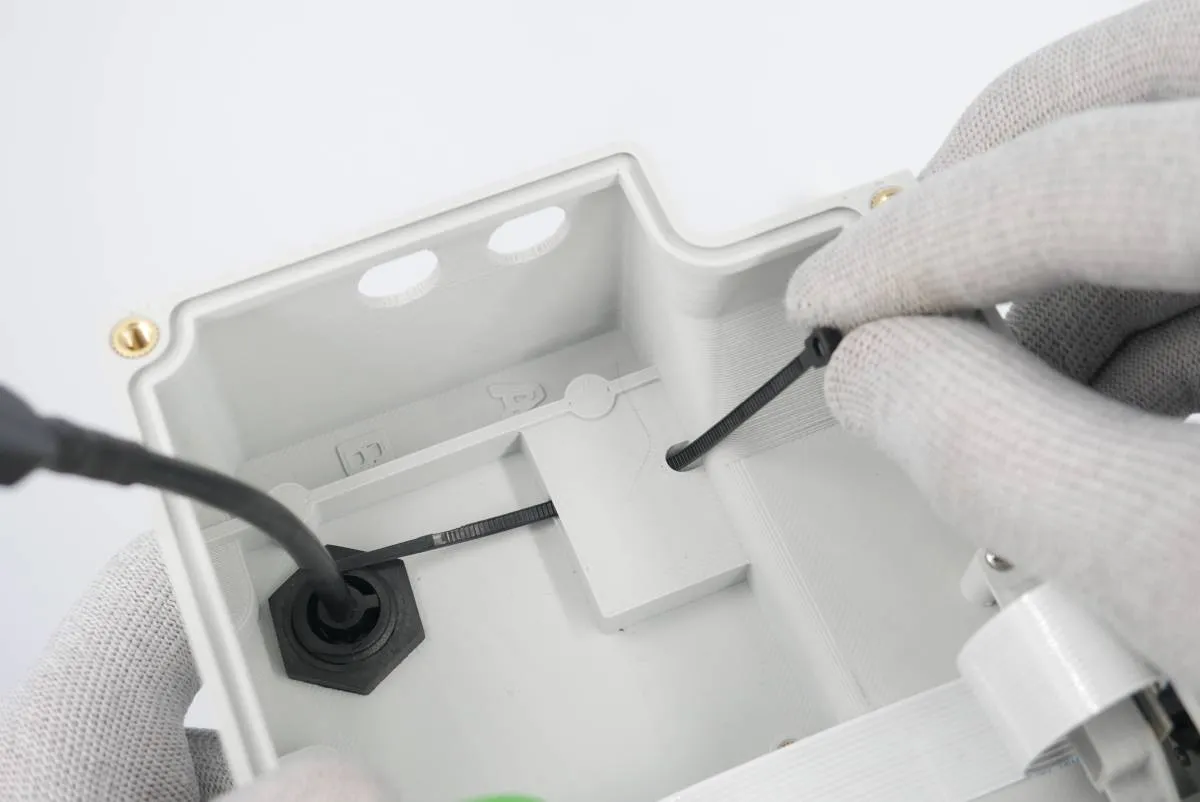
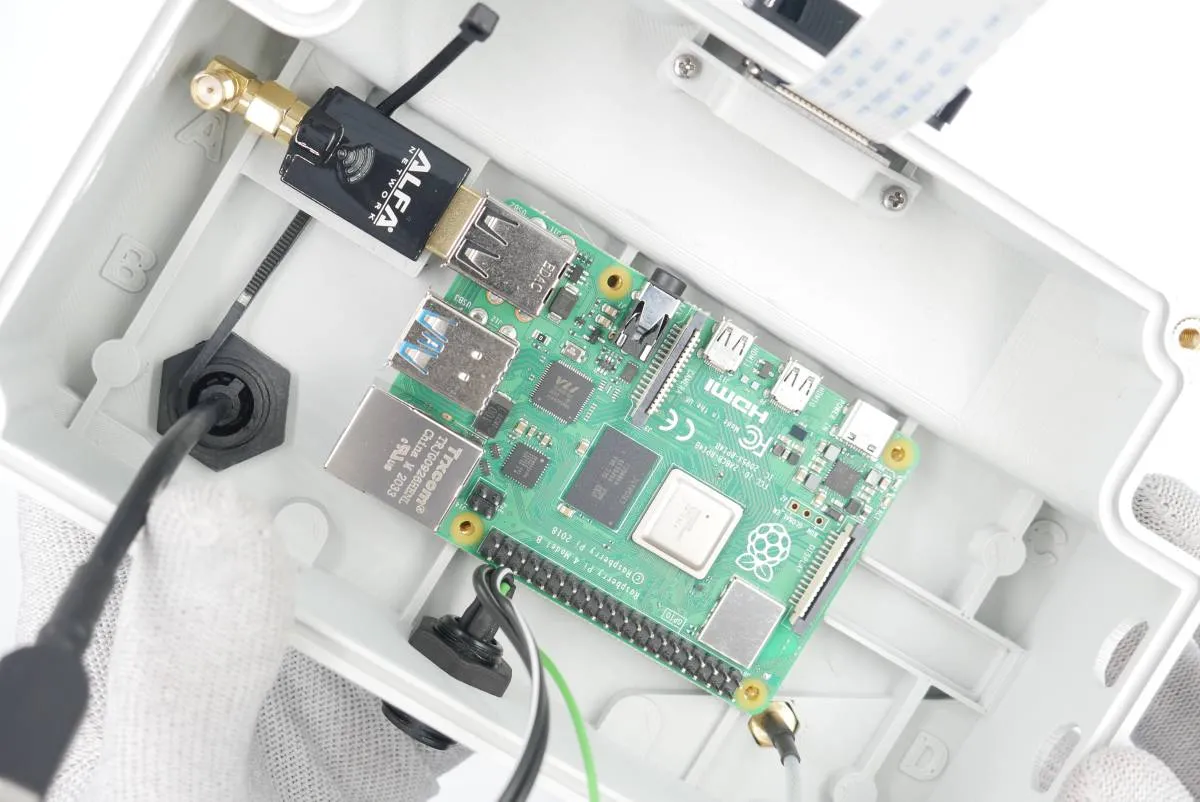
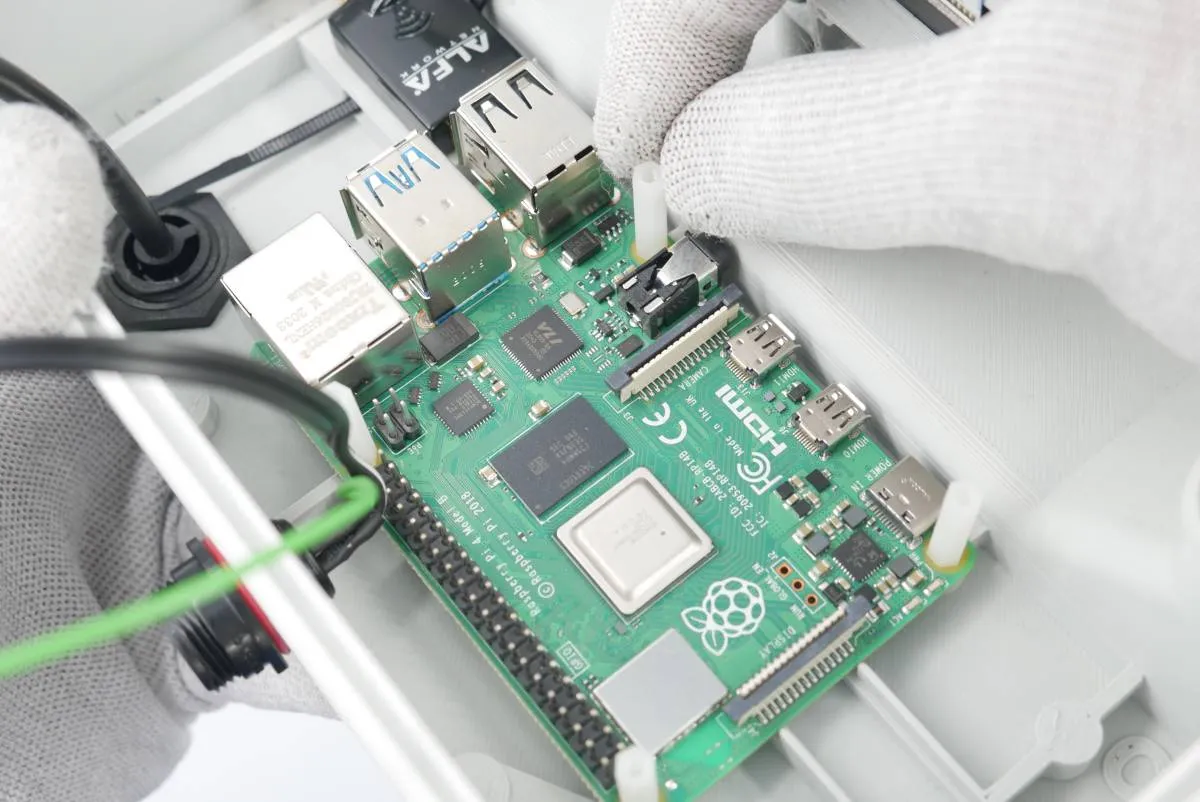
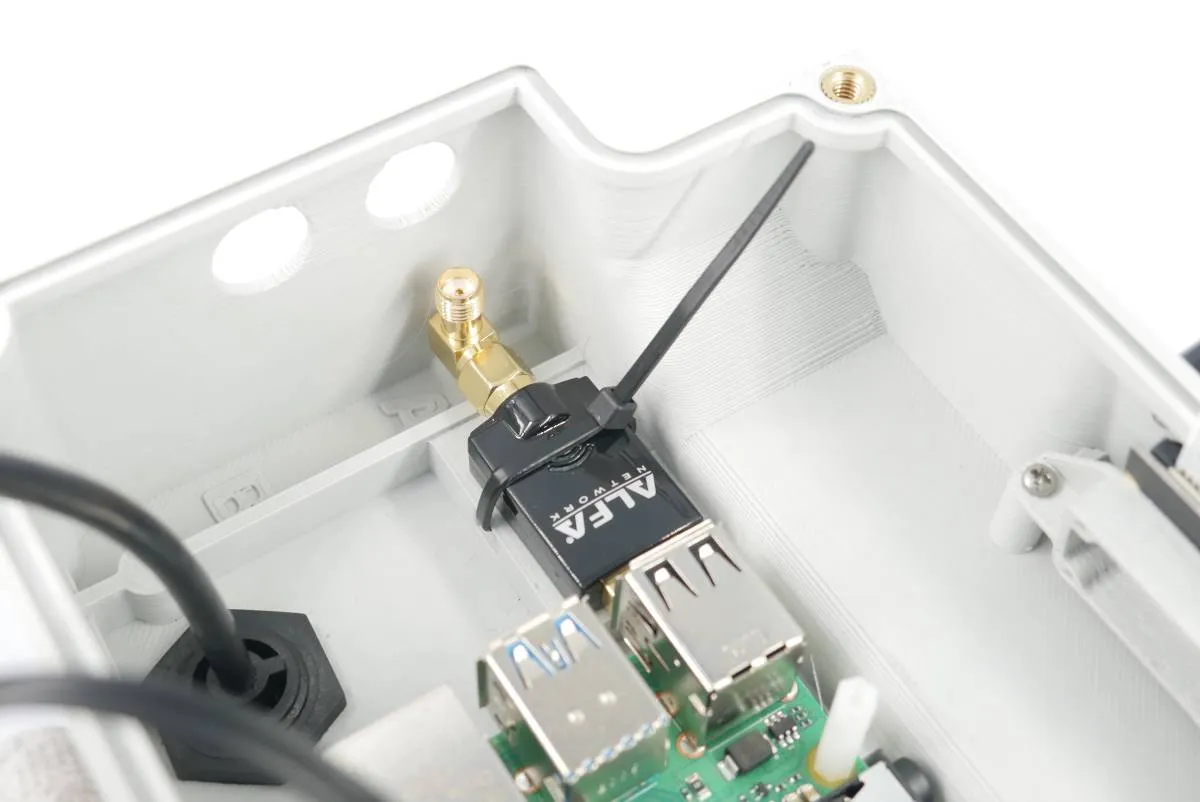
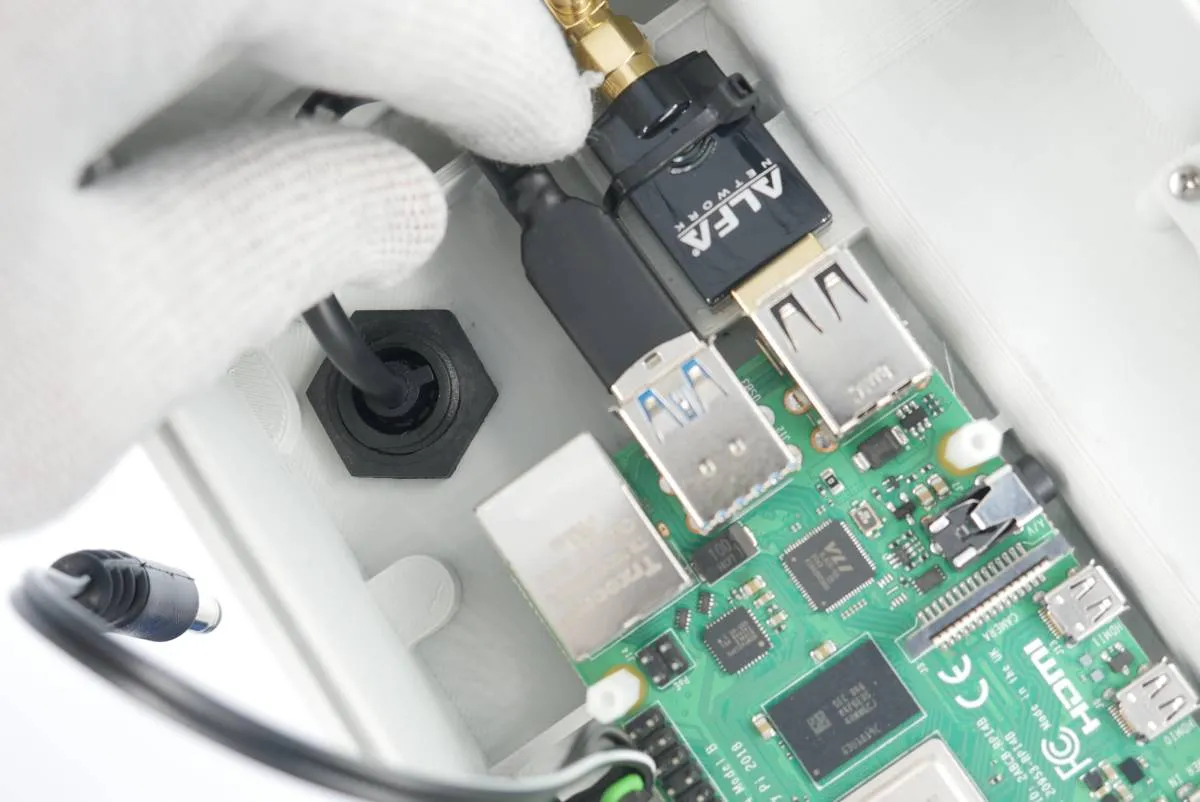

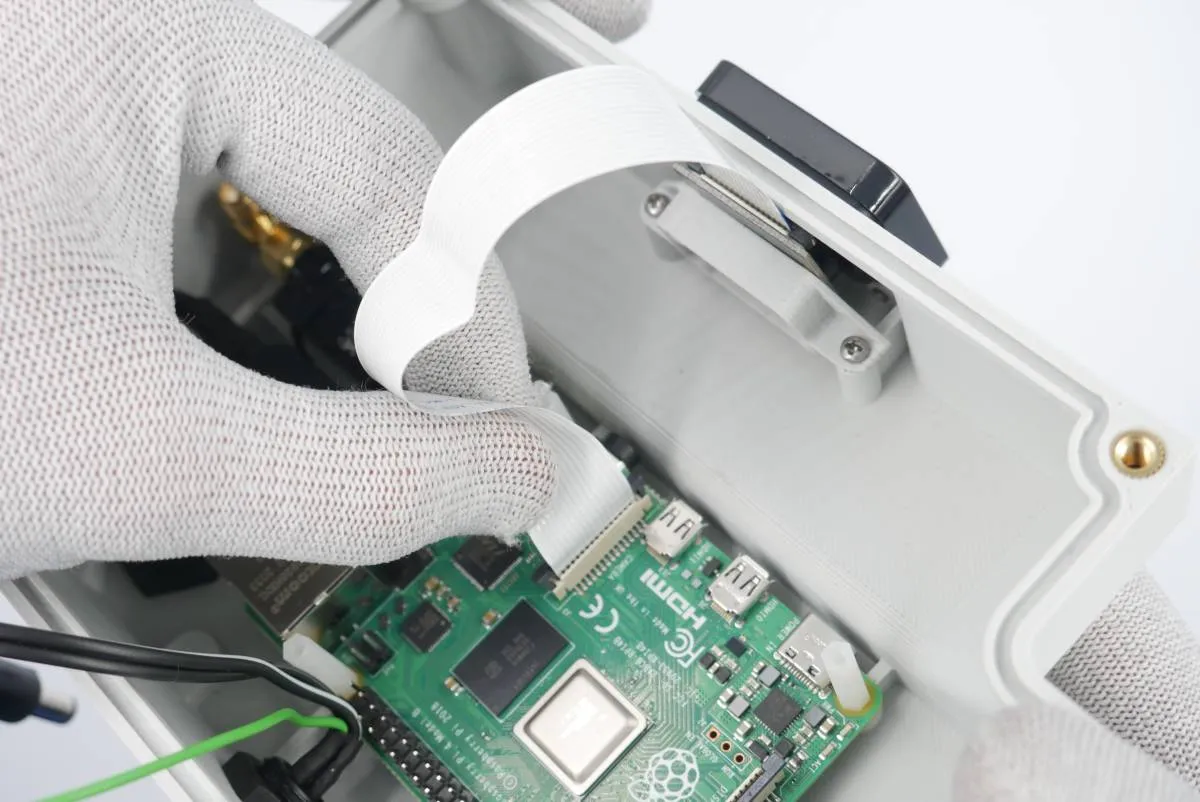

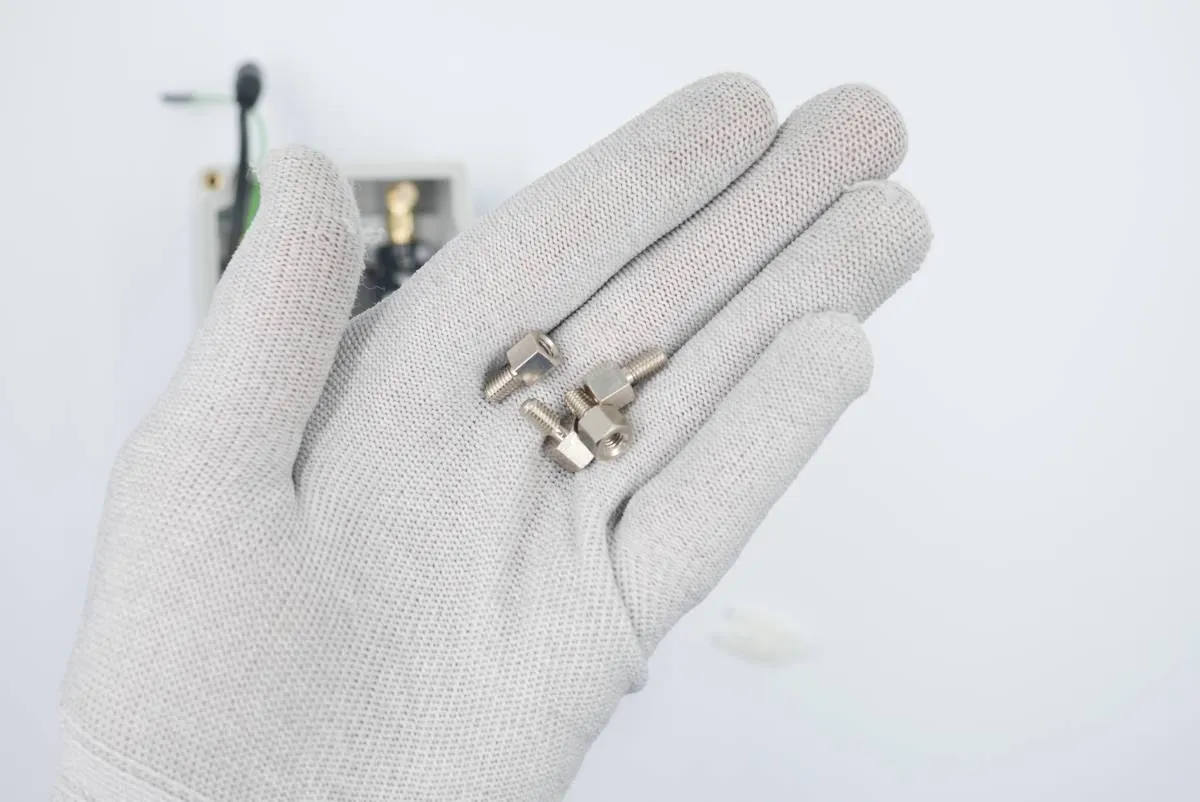
Step 6: Controller assembly and cabling
Prepare:
- step 5 assembly
- 1x controller electronics board (LeoCore/Husarion Core2-ROS)
- 4x m2.5x18 plastic distance
- Leo Rover v1.8 - LeoCore
- Leo Rover < v1.8 - Husarion Core2-ROS
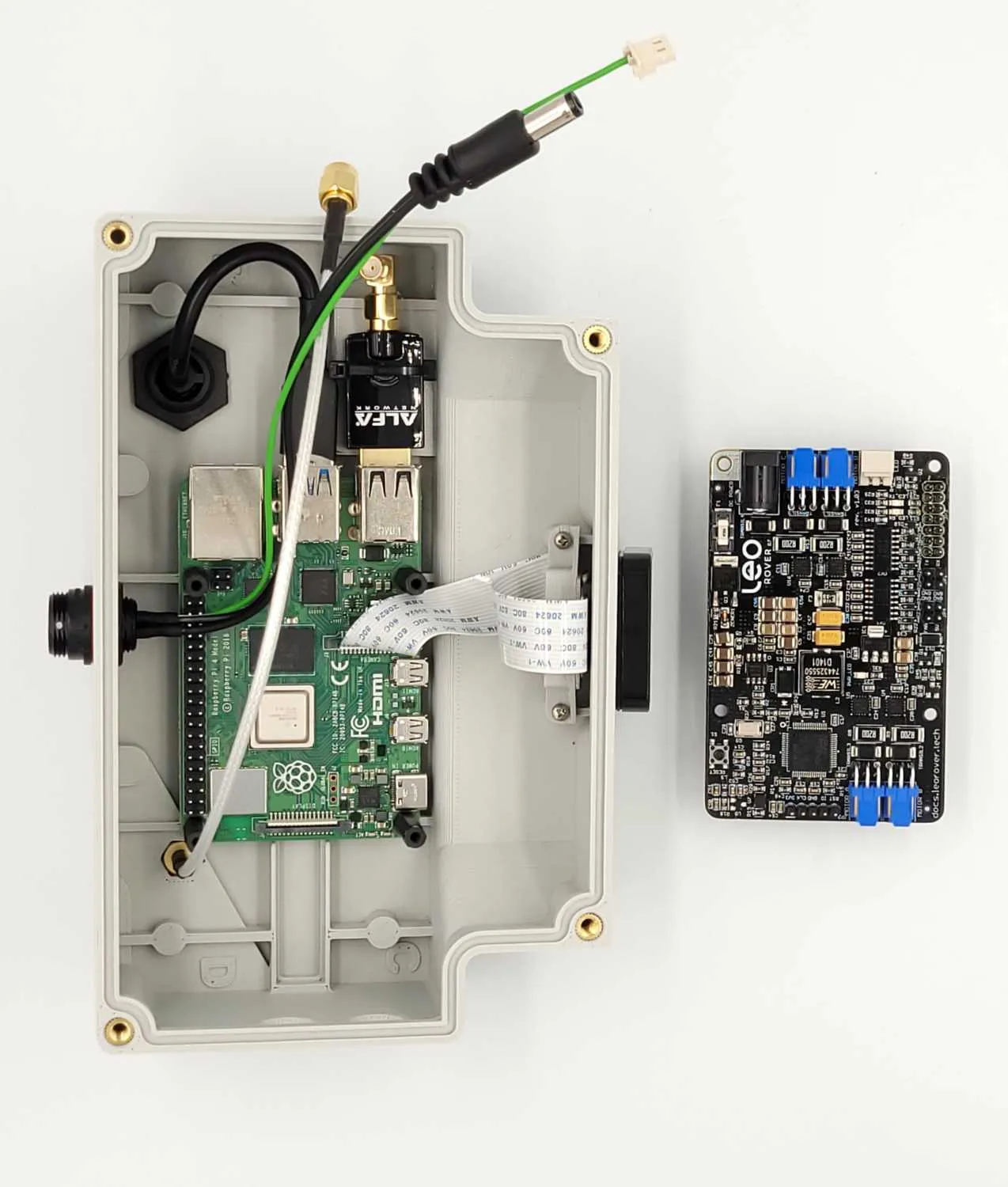


- Leo Rover v1.8 - LeoCore
- Leo Rover < v1.8 - Husarion Core2-ROS
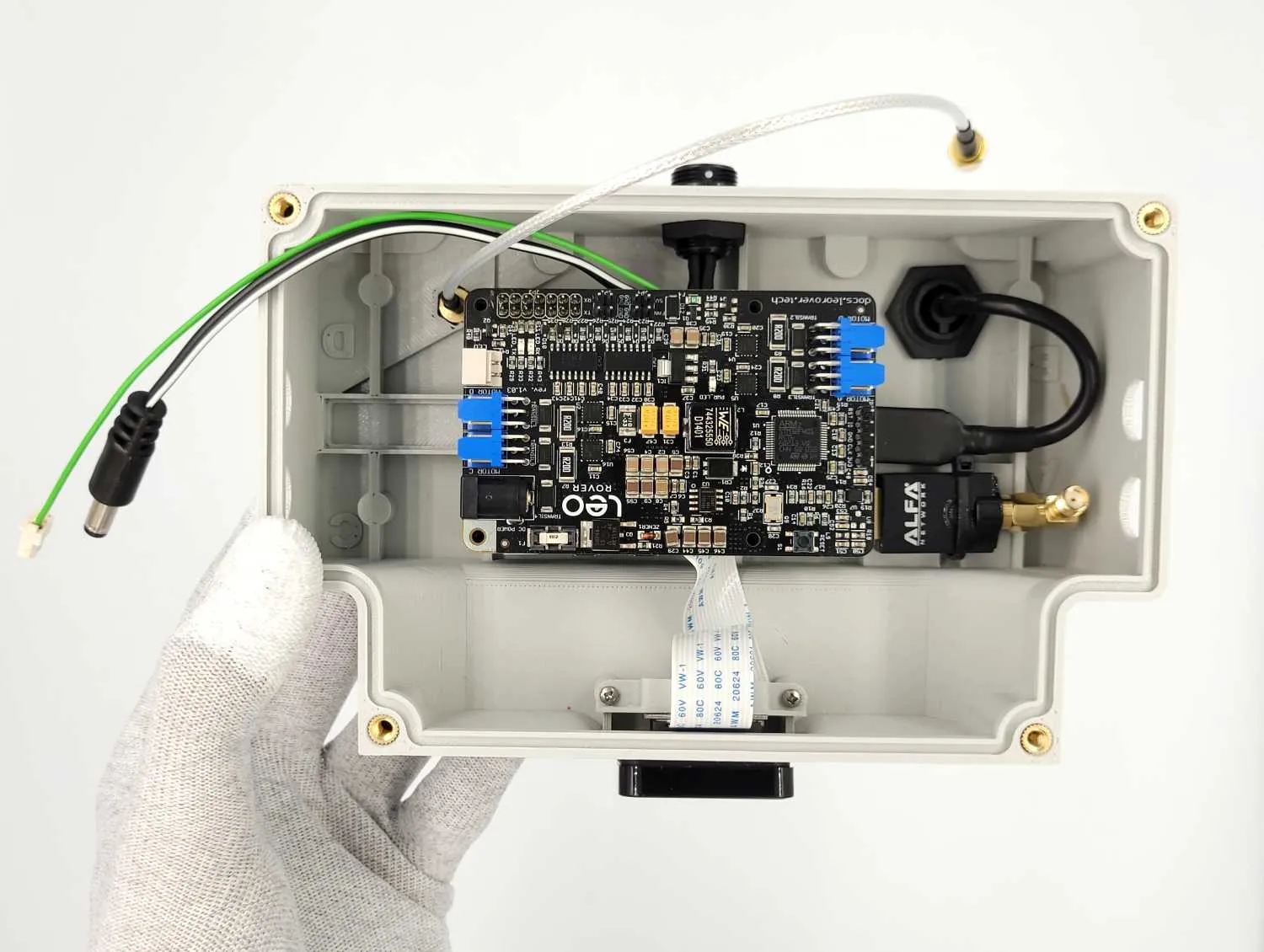
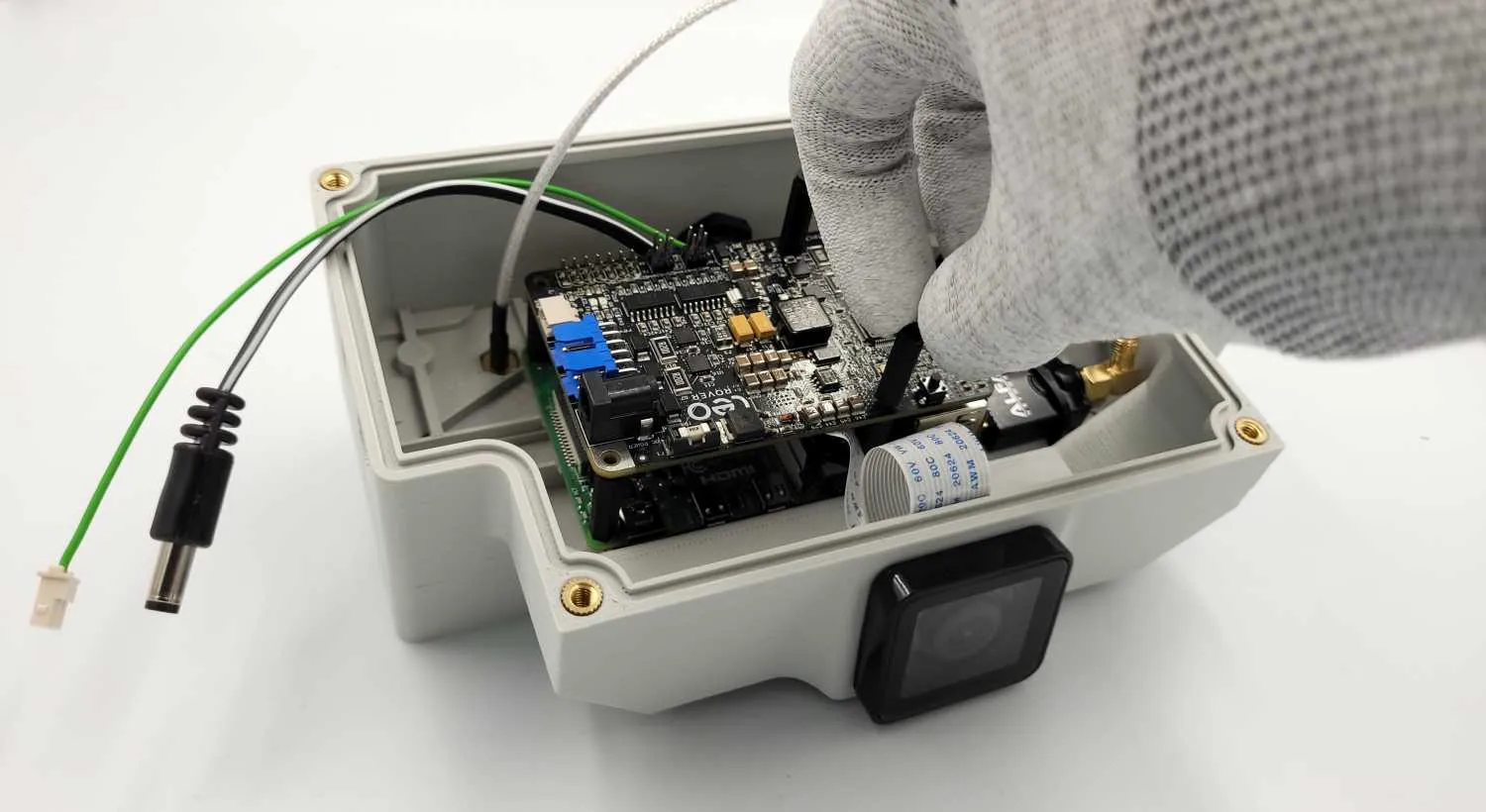
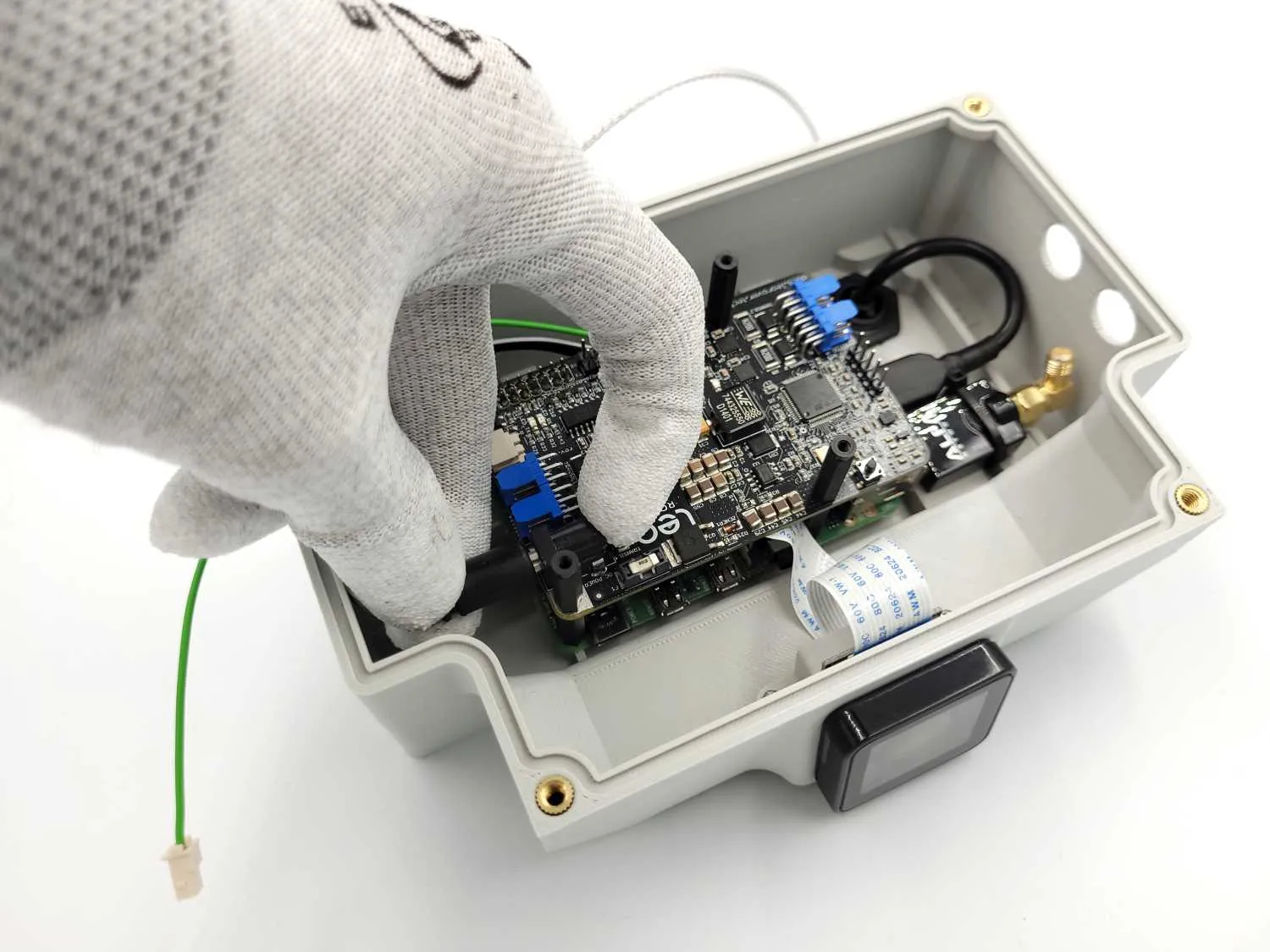
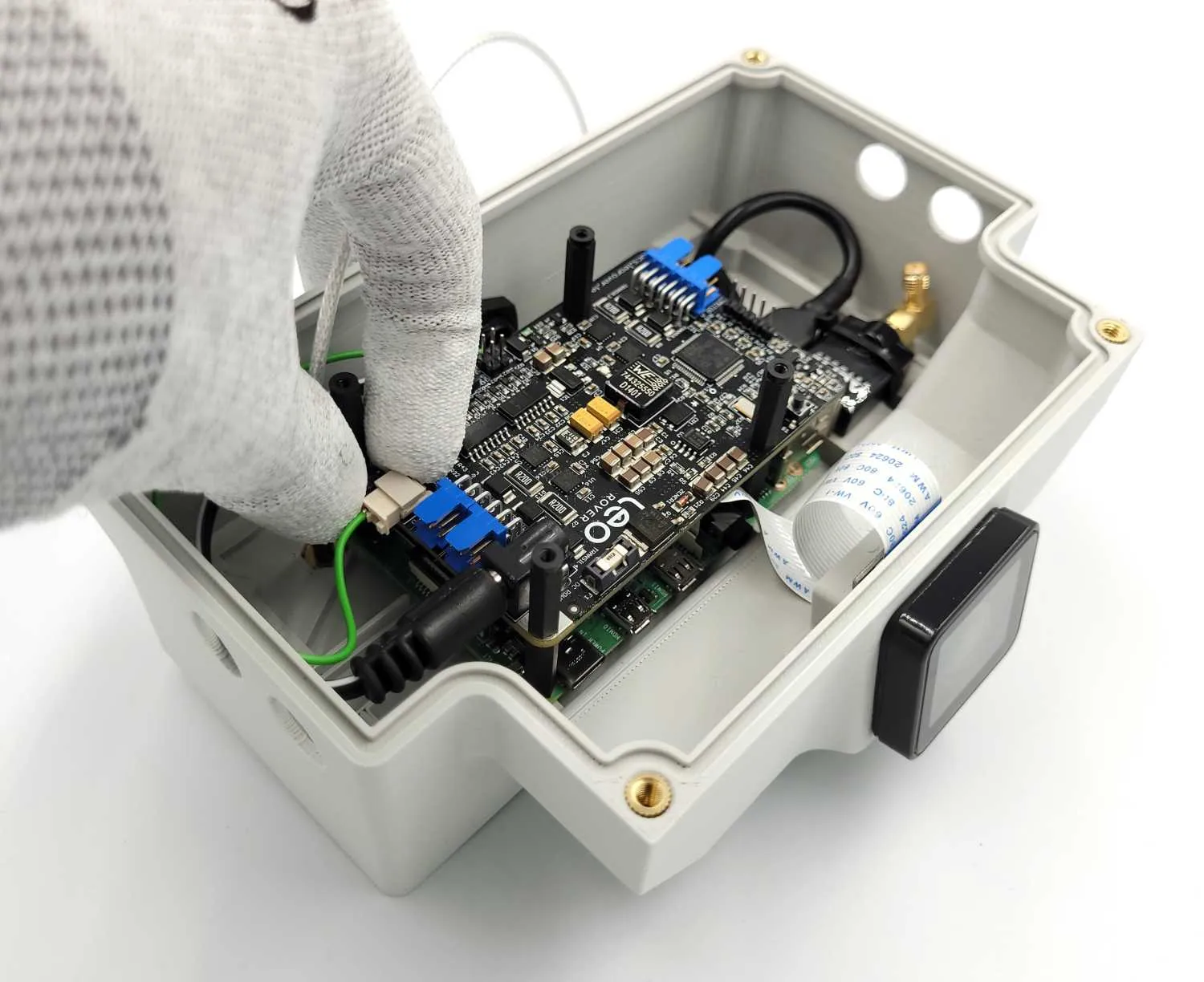





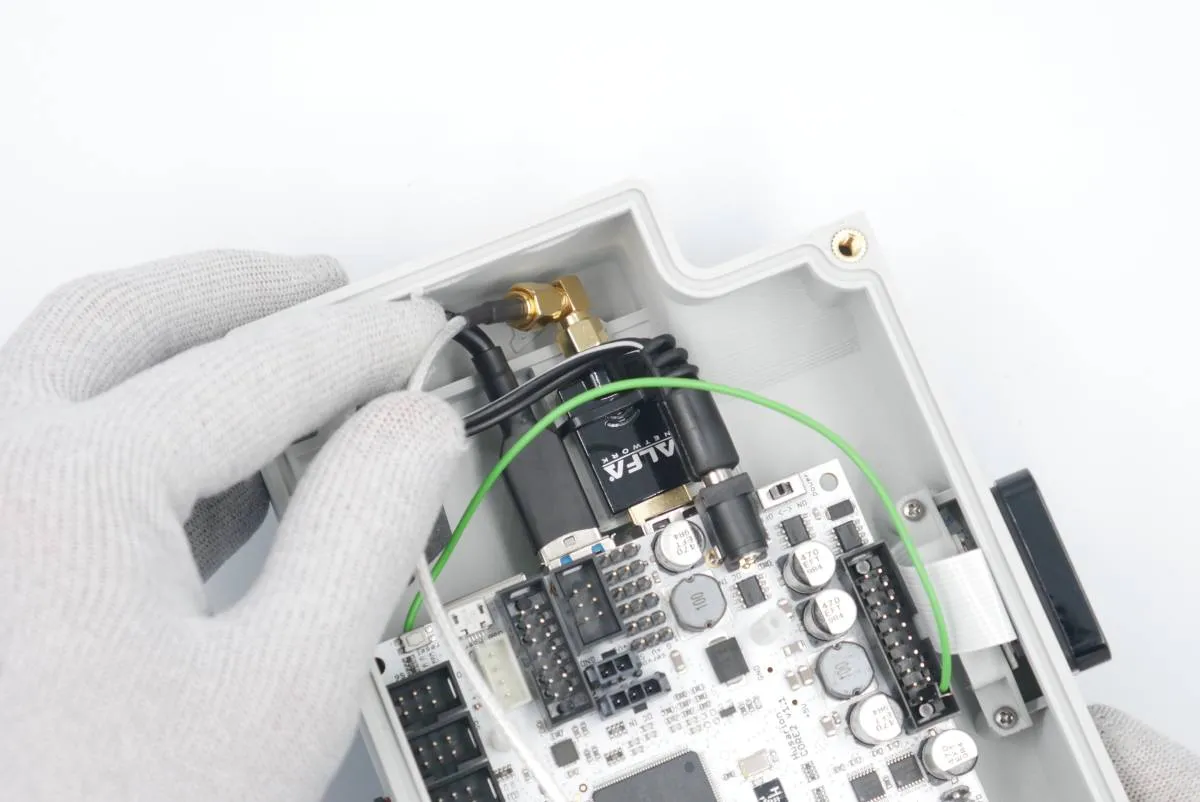
Step 7: Electronics cover
Prepare:
- step 6 assembly
- 1x electronics cover (3D-printed)
- 2x small zip-ties
- 4x m2.5 plastic screws
- cross-head Philips screwdriver
- Leo Rover v1.8
- Leo Rover < v1.8

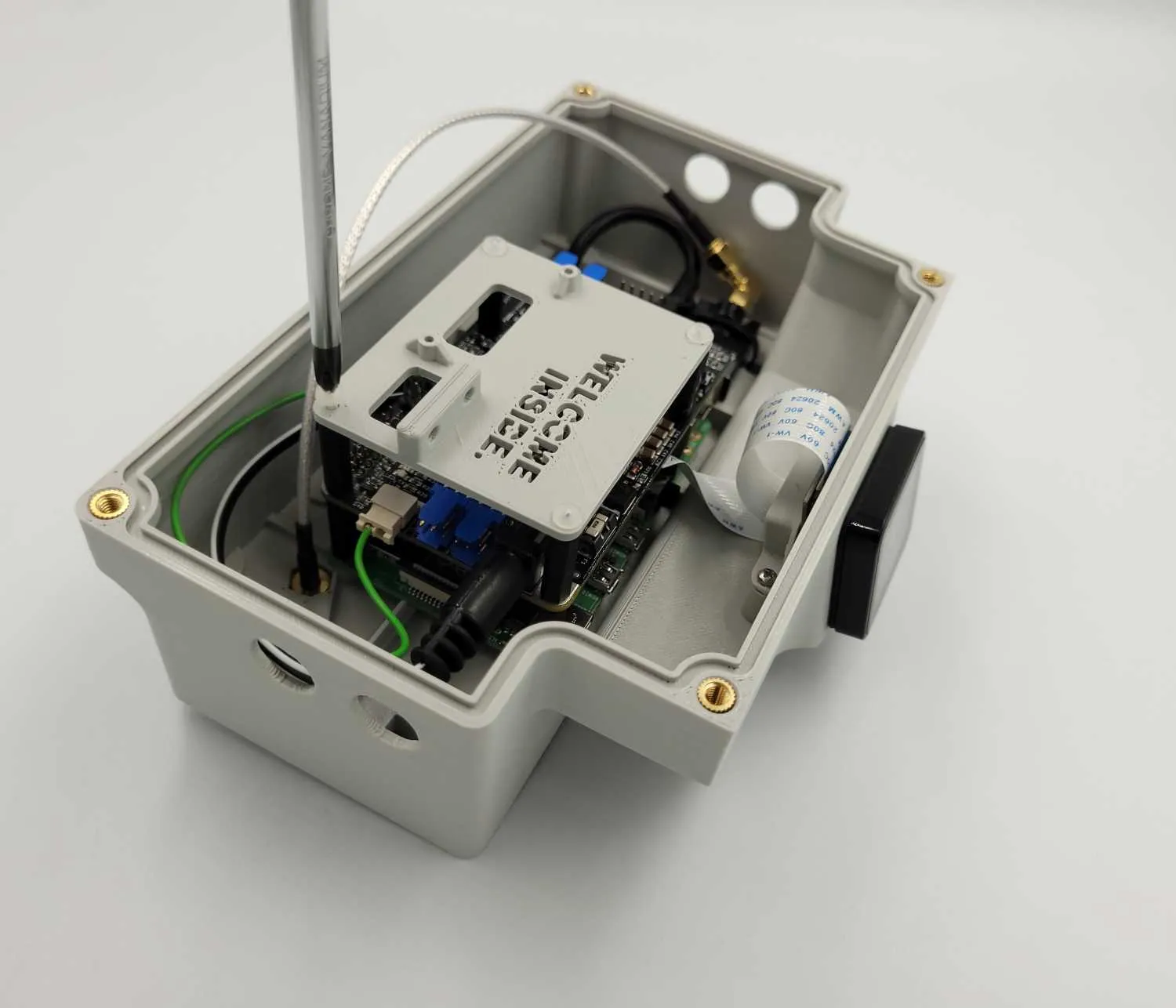
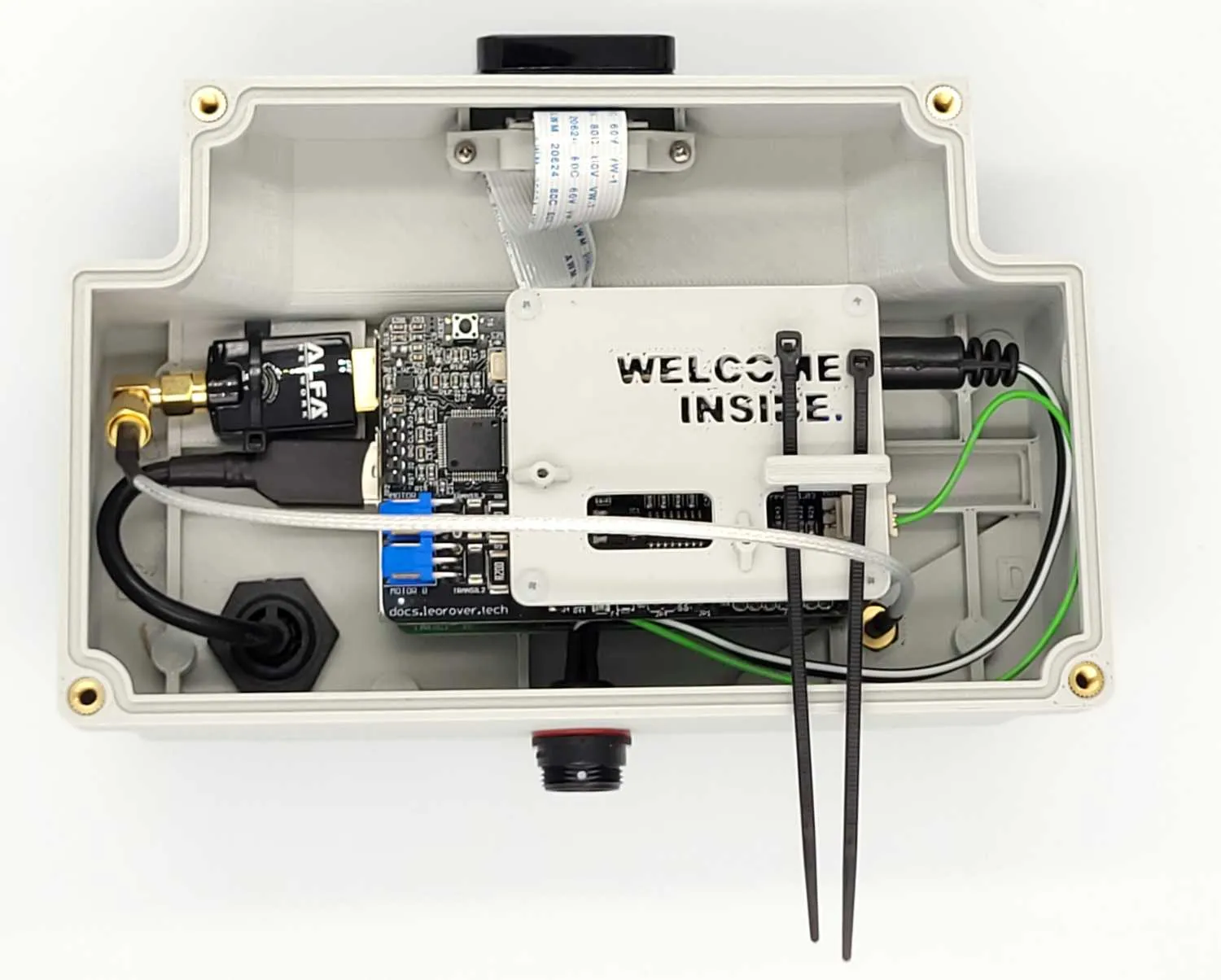
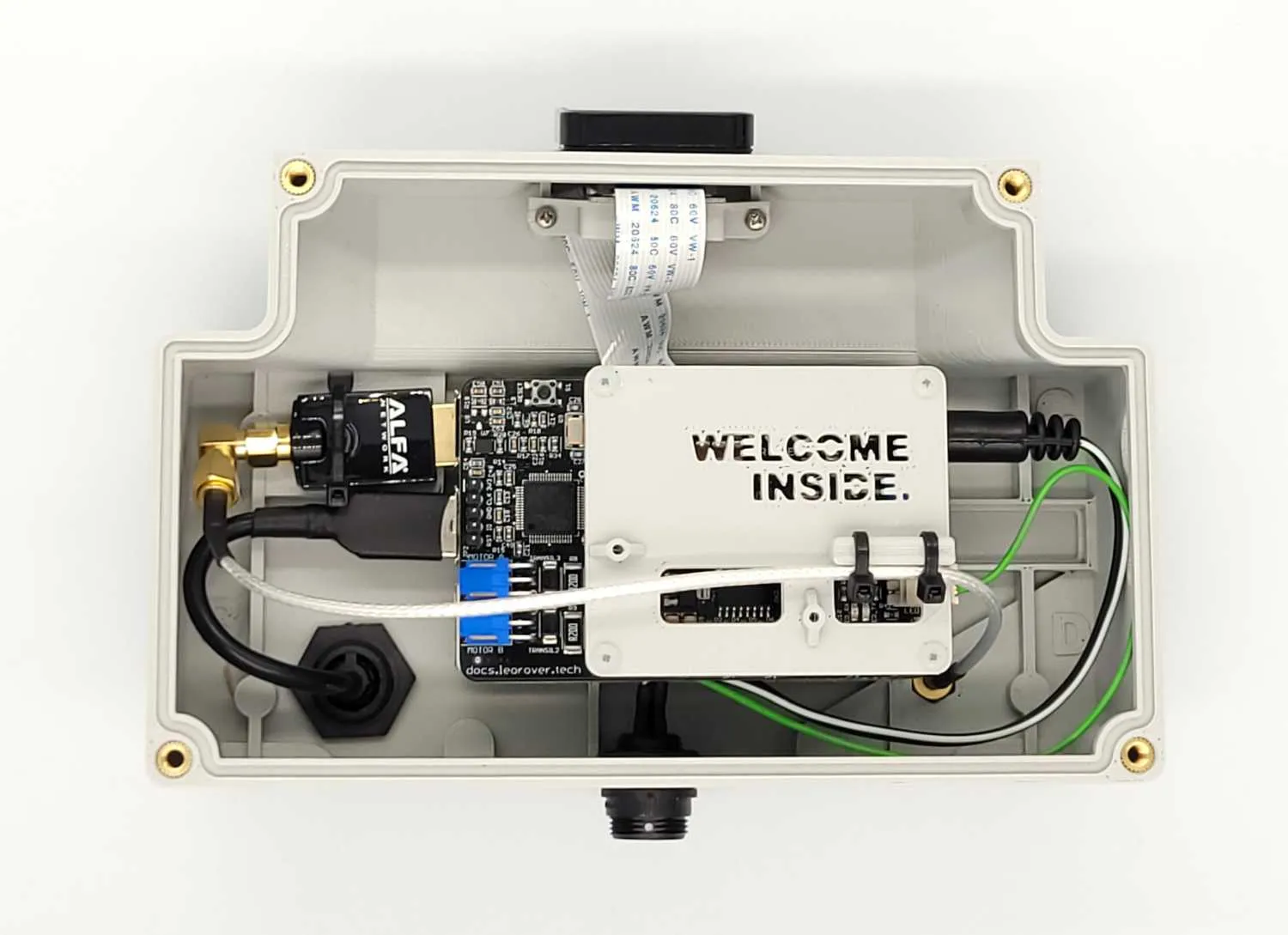
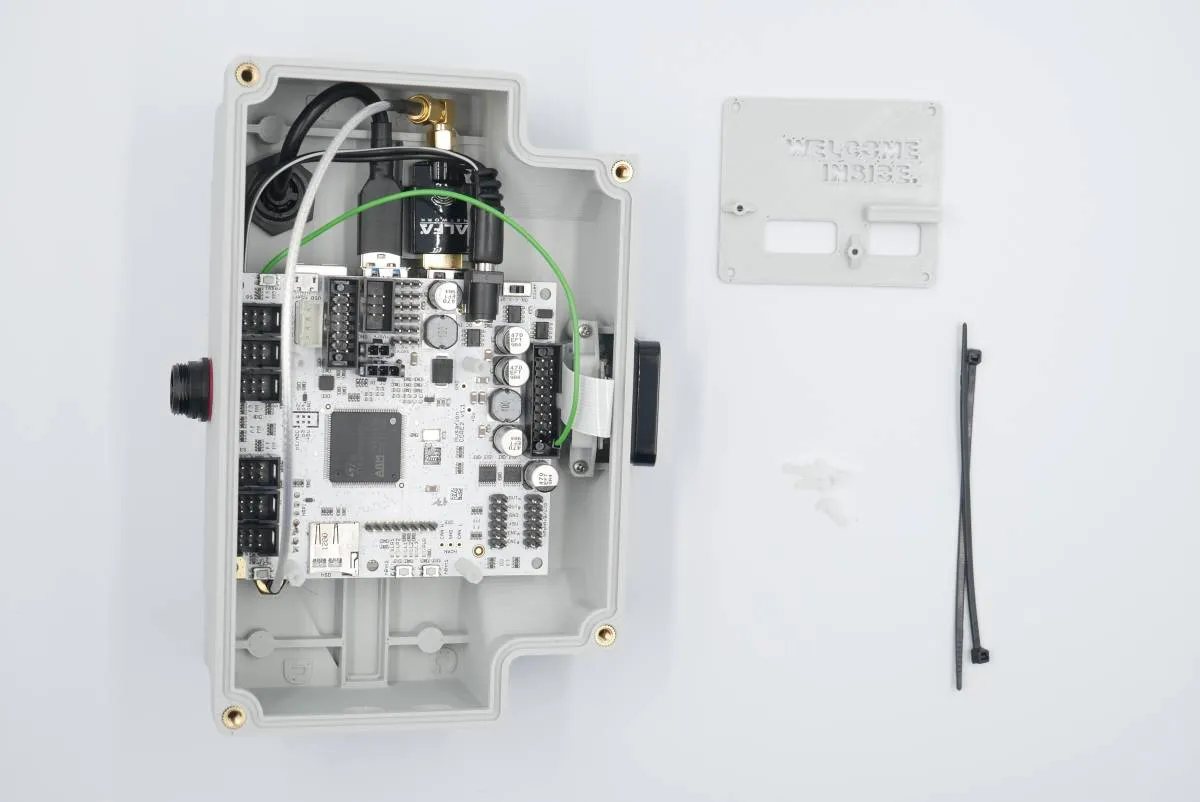



Step 8: MEB distances
Prepare:
- step 7 assembly
- 4x m4x6 metal distances
- Loctite glue
- 7mm hex wrench
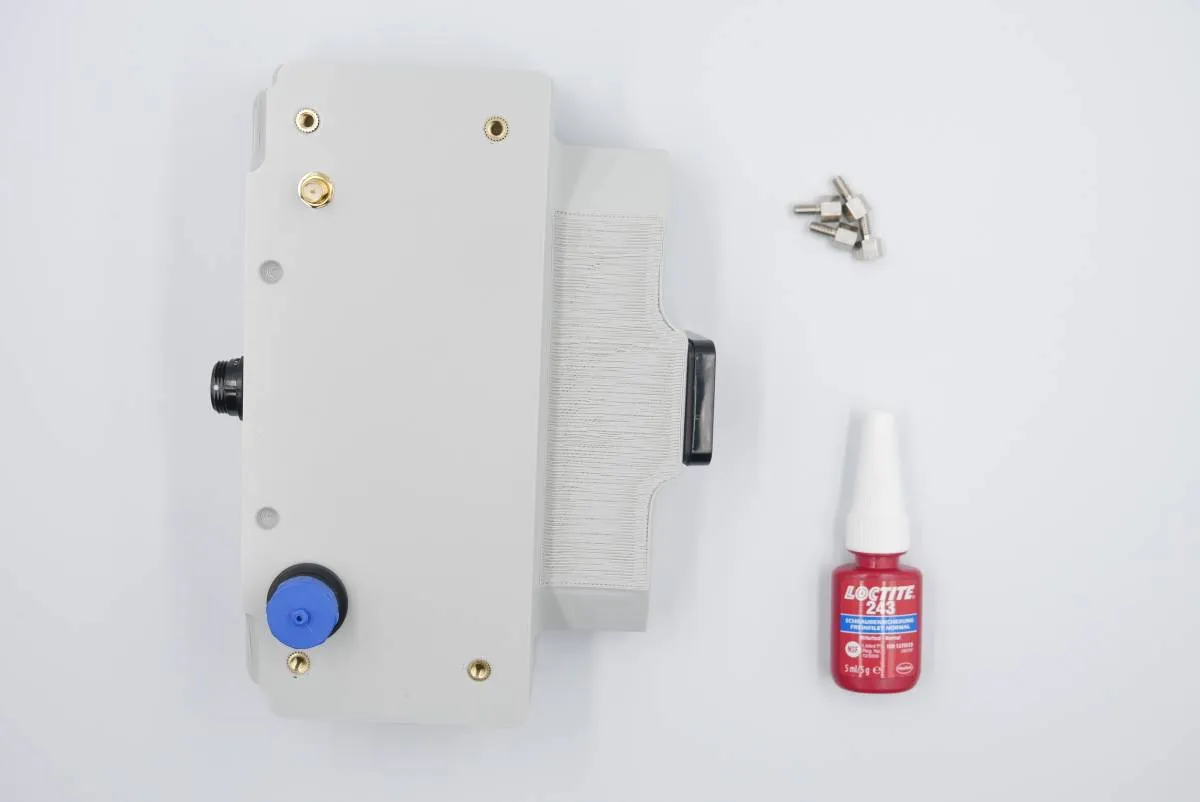

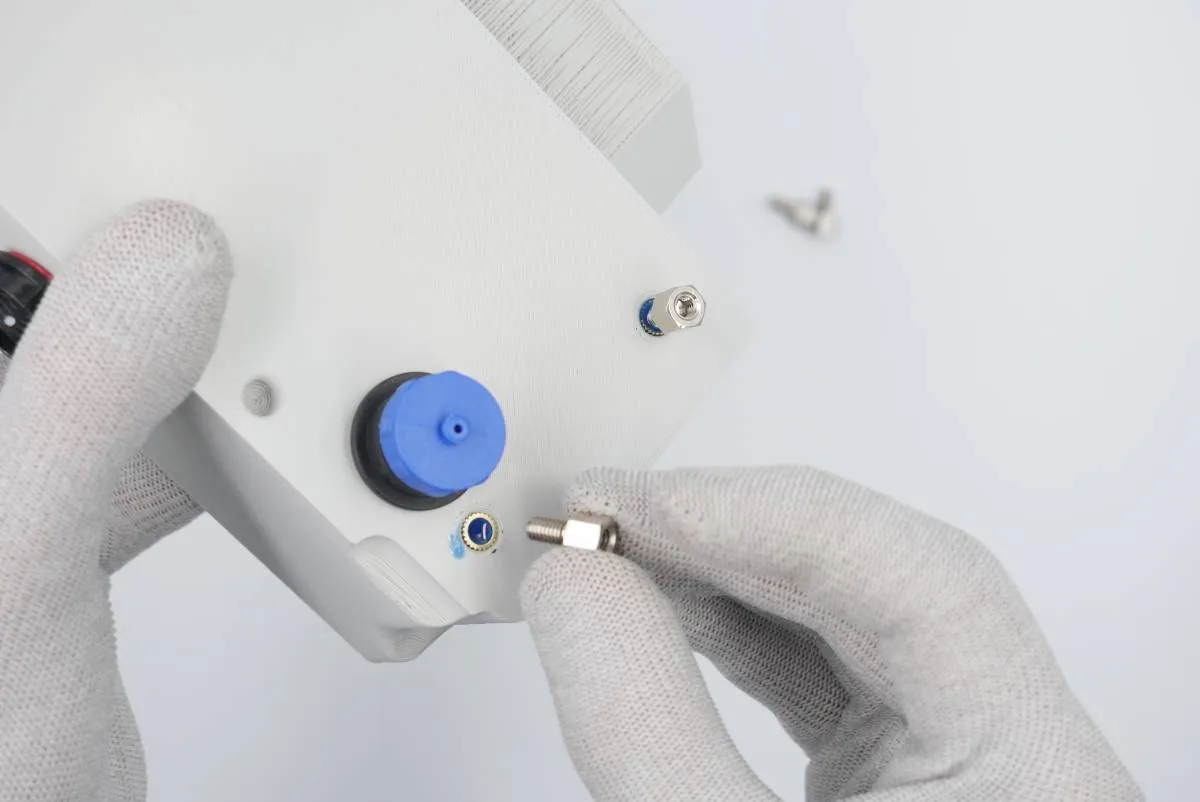
Step 9: Seal and MEB cover
Prepare:
- step 8 assembly
- 1x rubber foam sealing cord
- 4x m4x10 screws
- 1x MEB cover (3D-printed)
- Leo Rover v1.8
- Leo Rover < v1.8
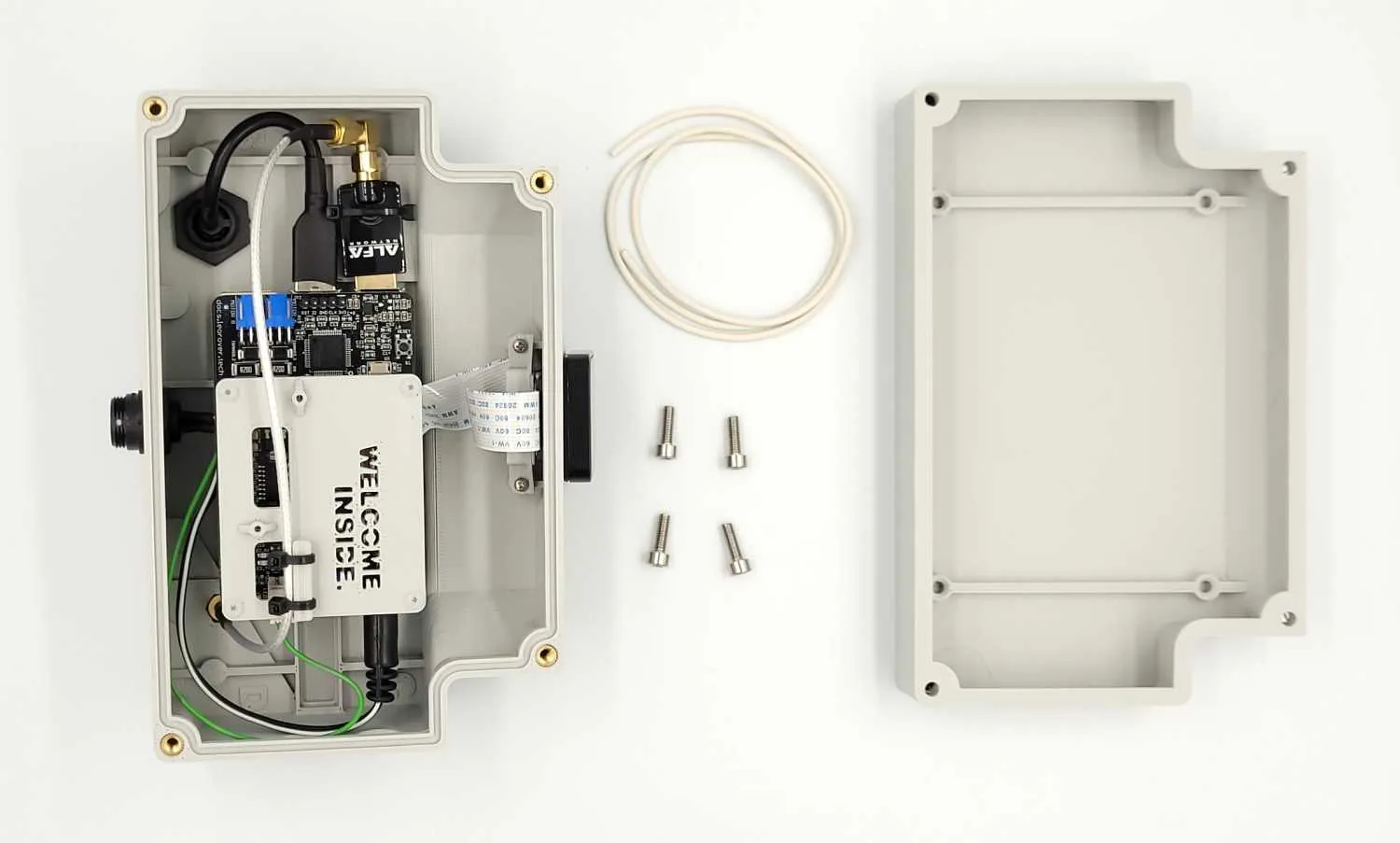

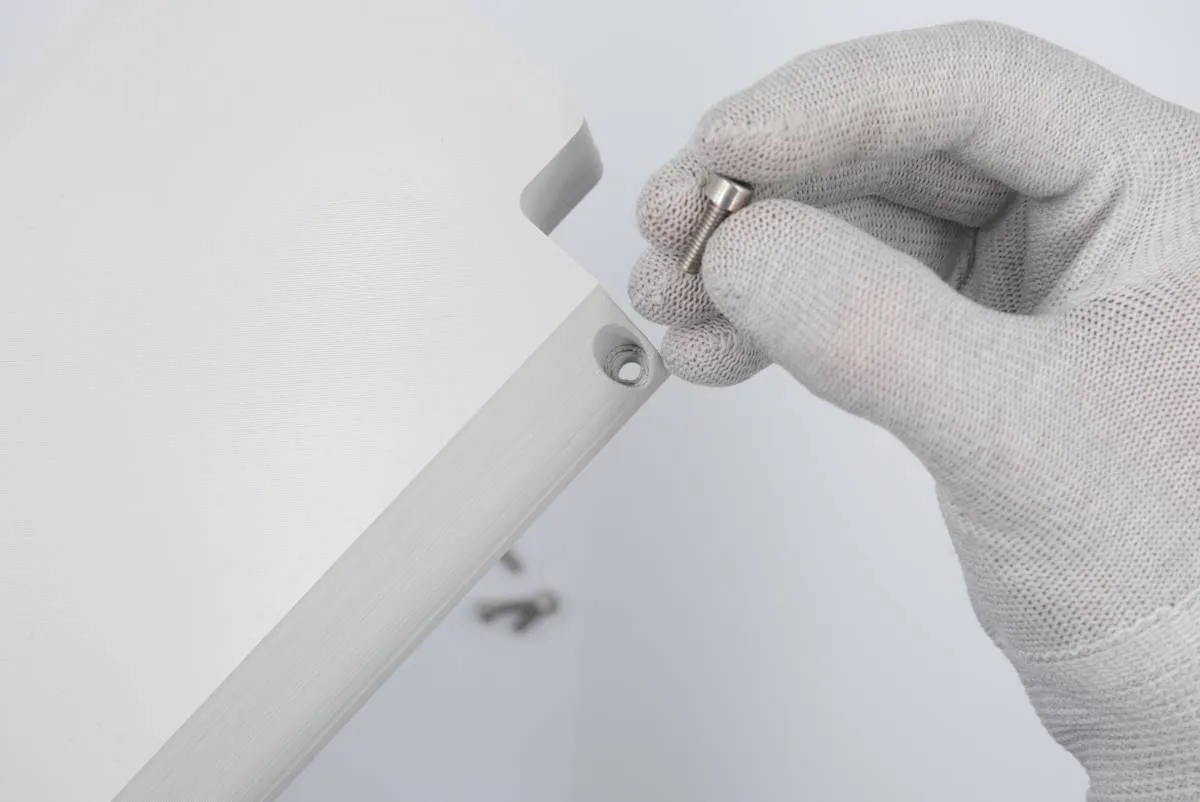
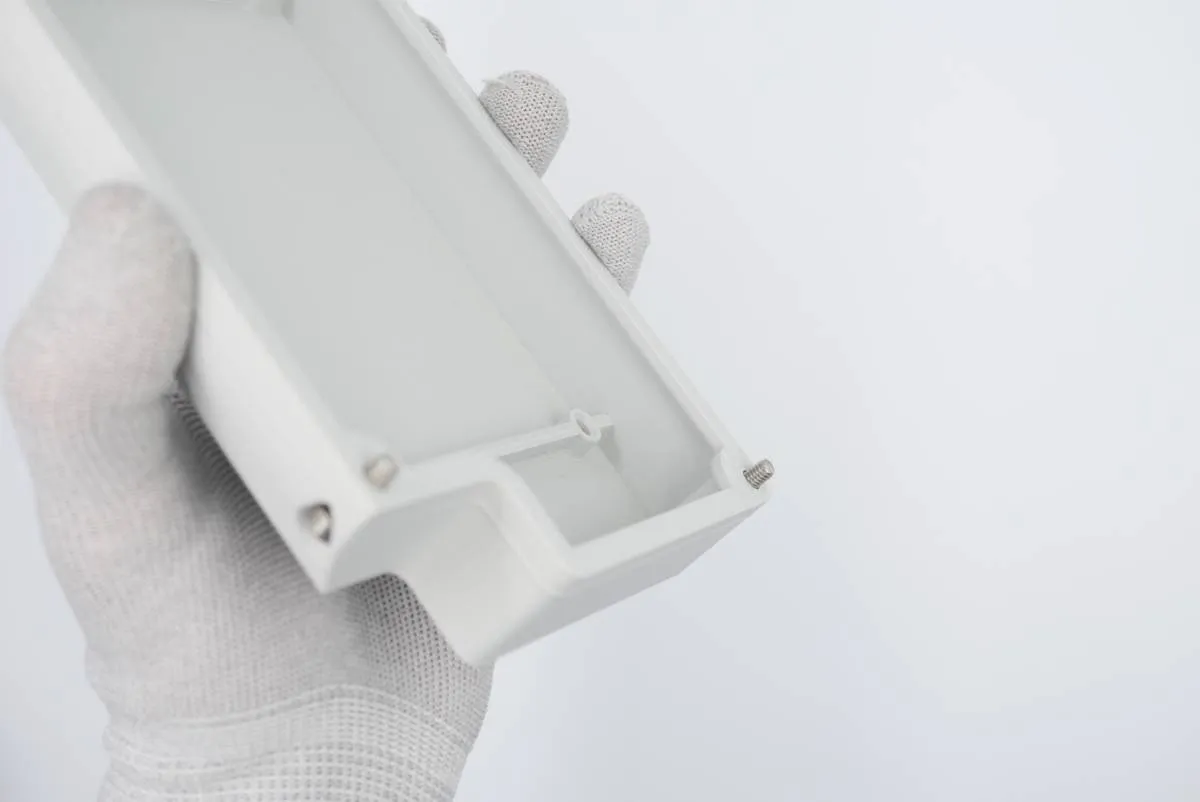
- Leo Rover v1.8
- Leo Rover < v1.8
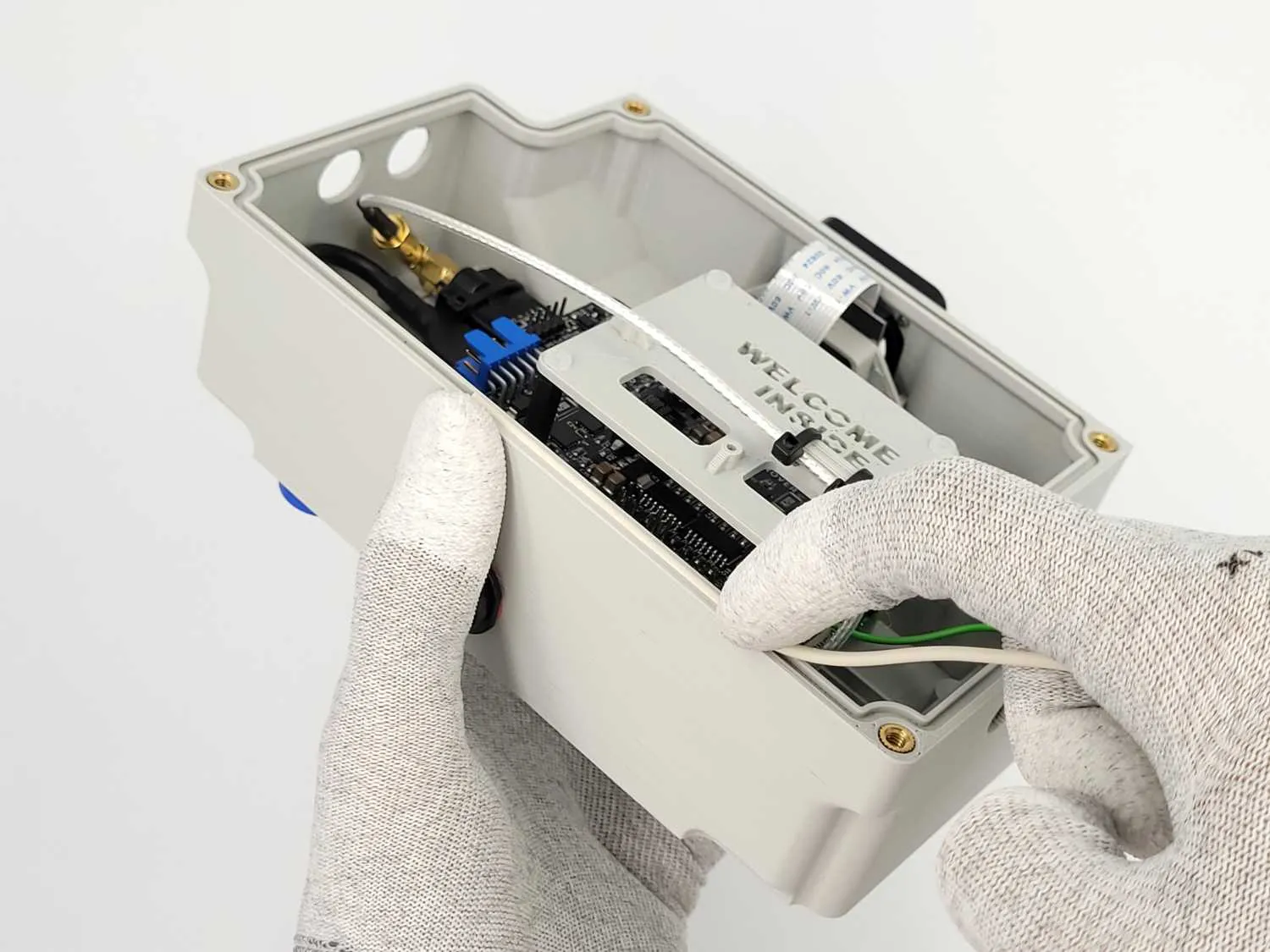
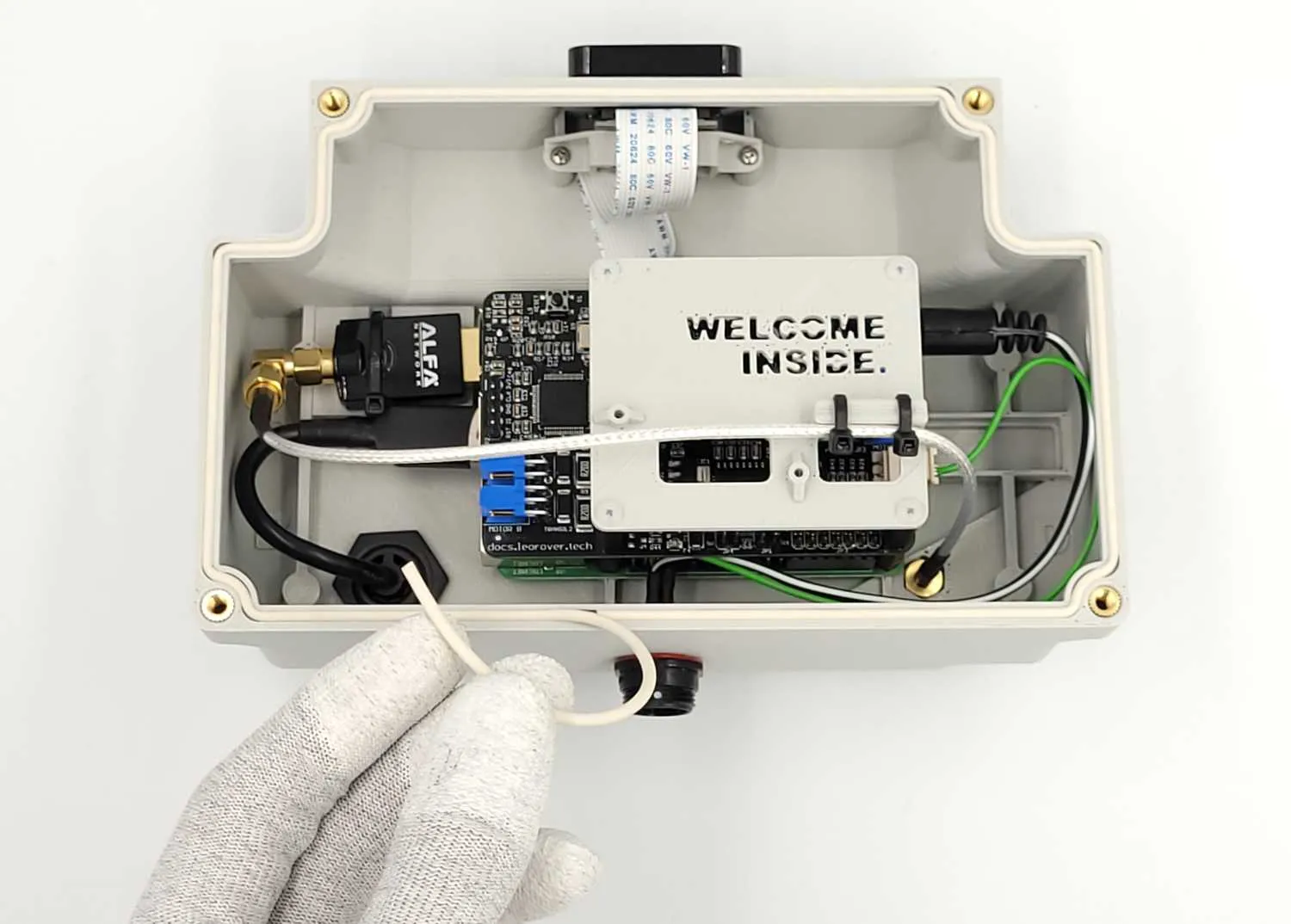
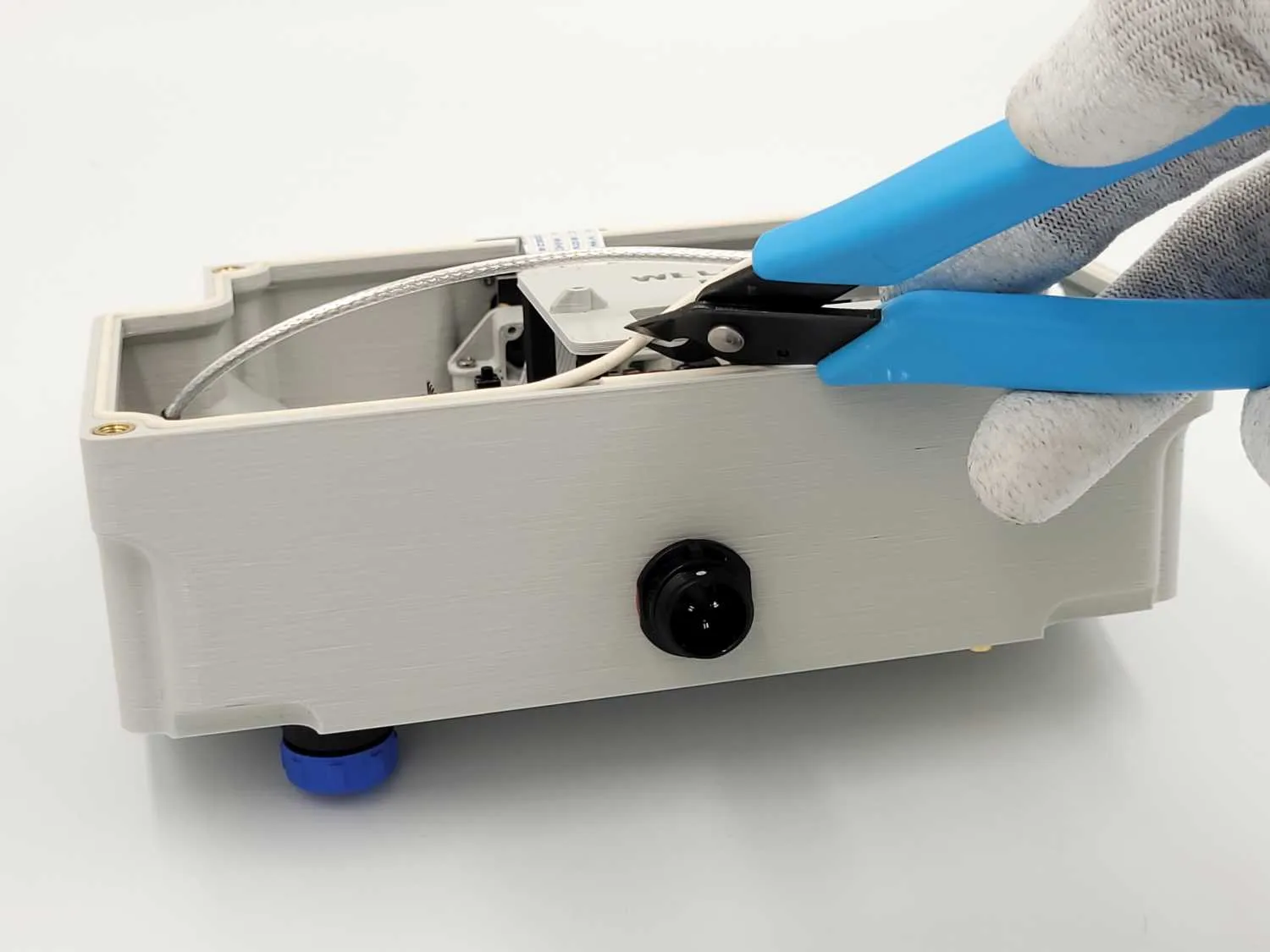




Done!
- Leo Rover v1.8
- Leo Rover < v1.8
